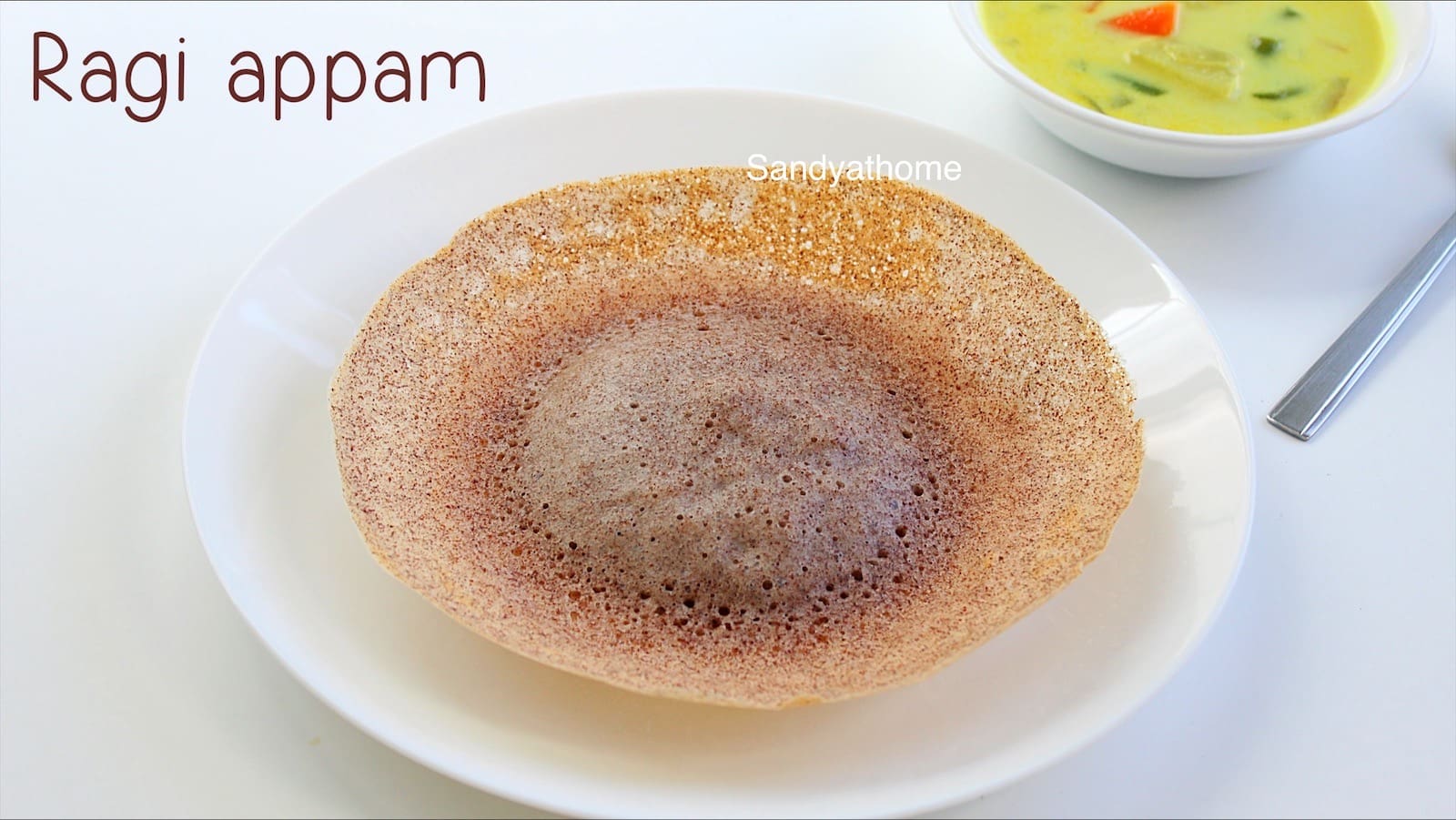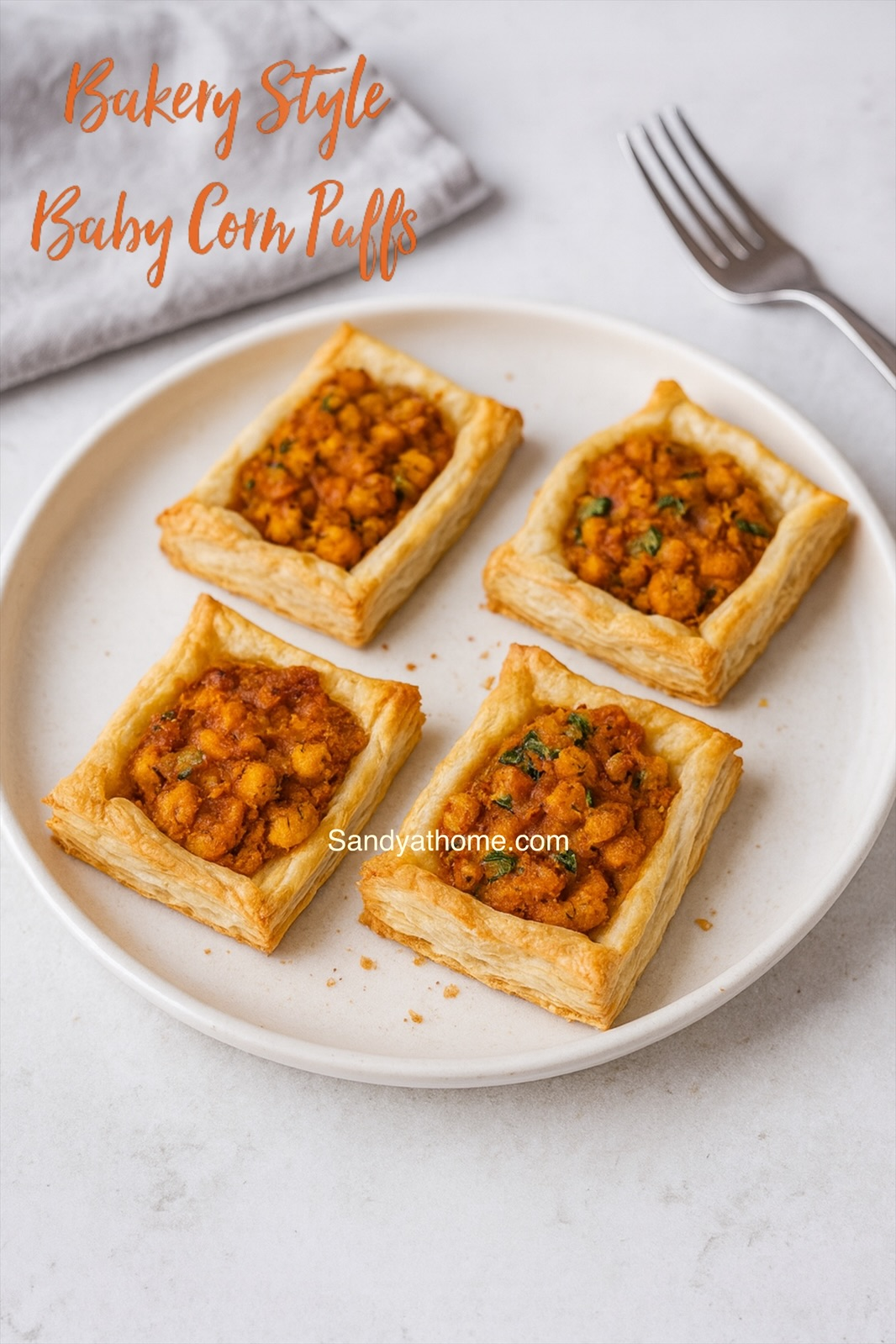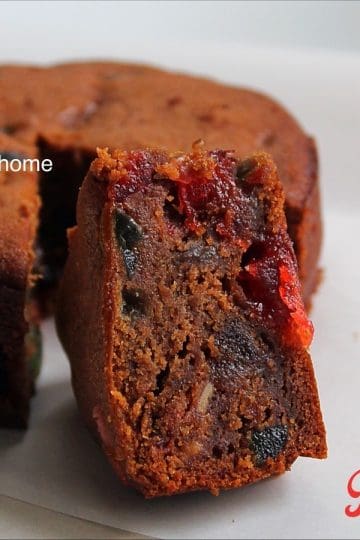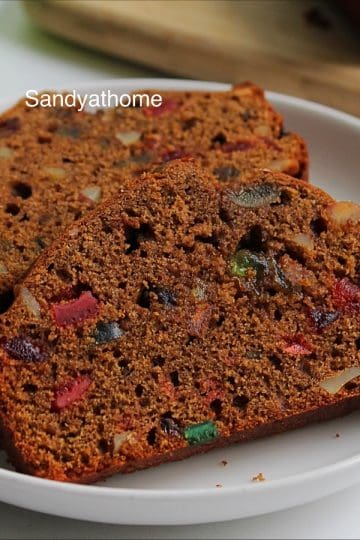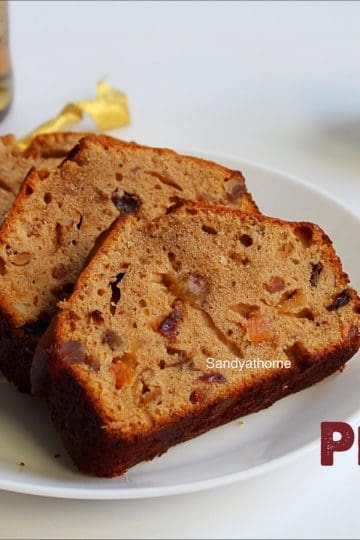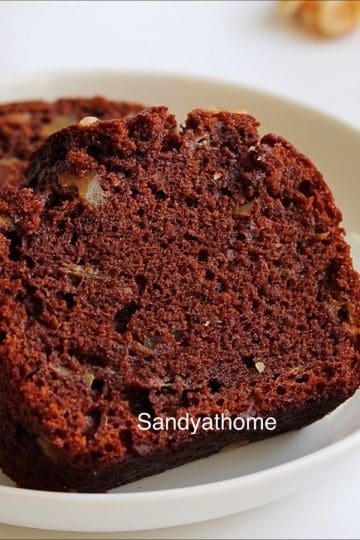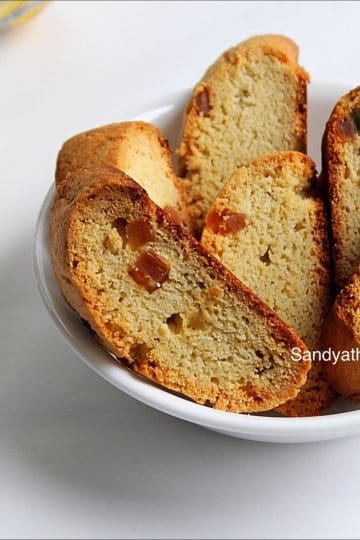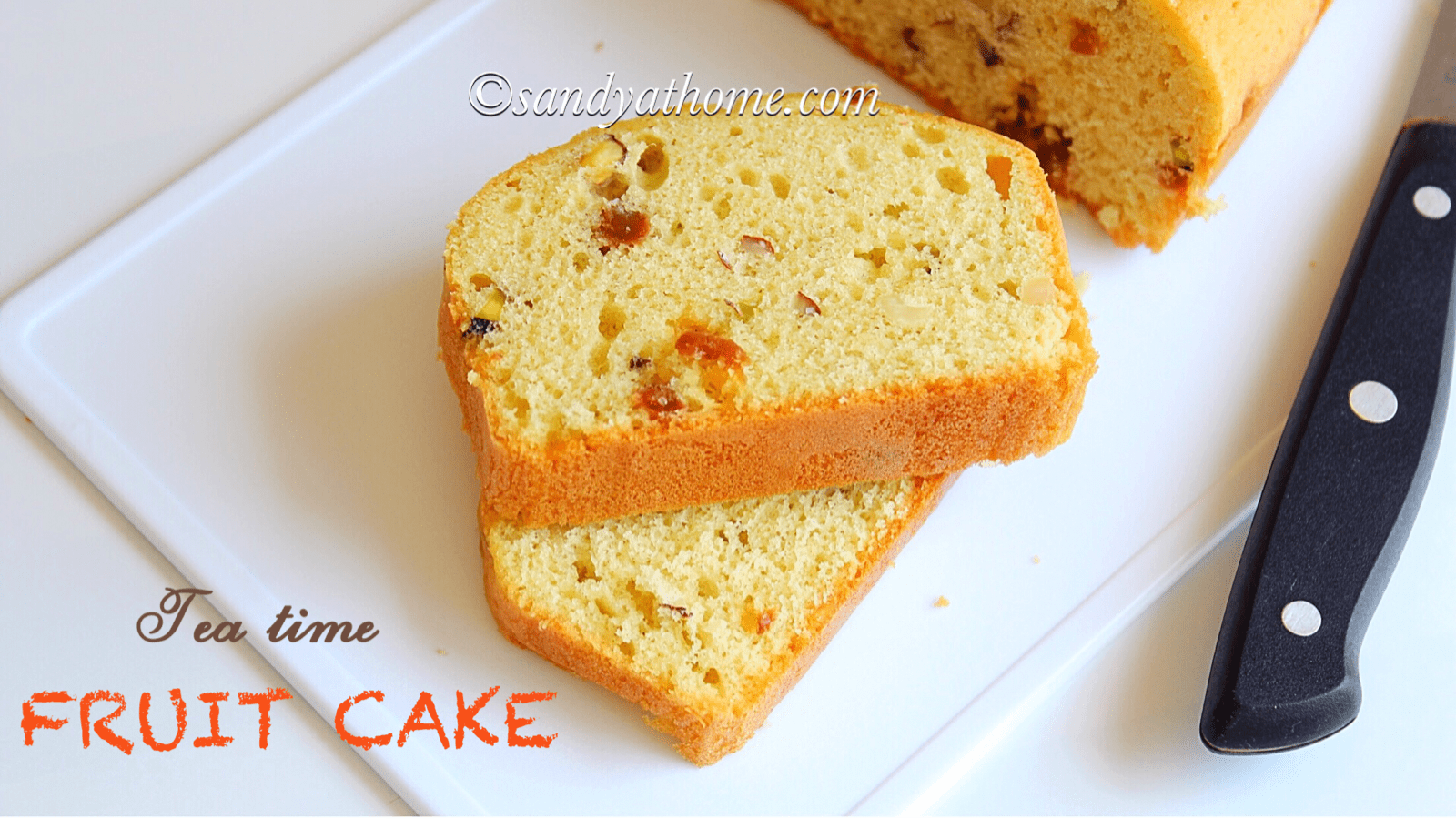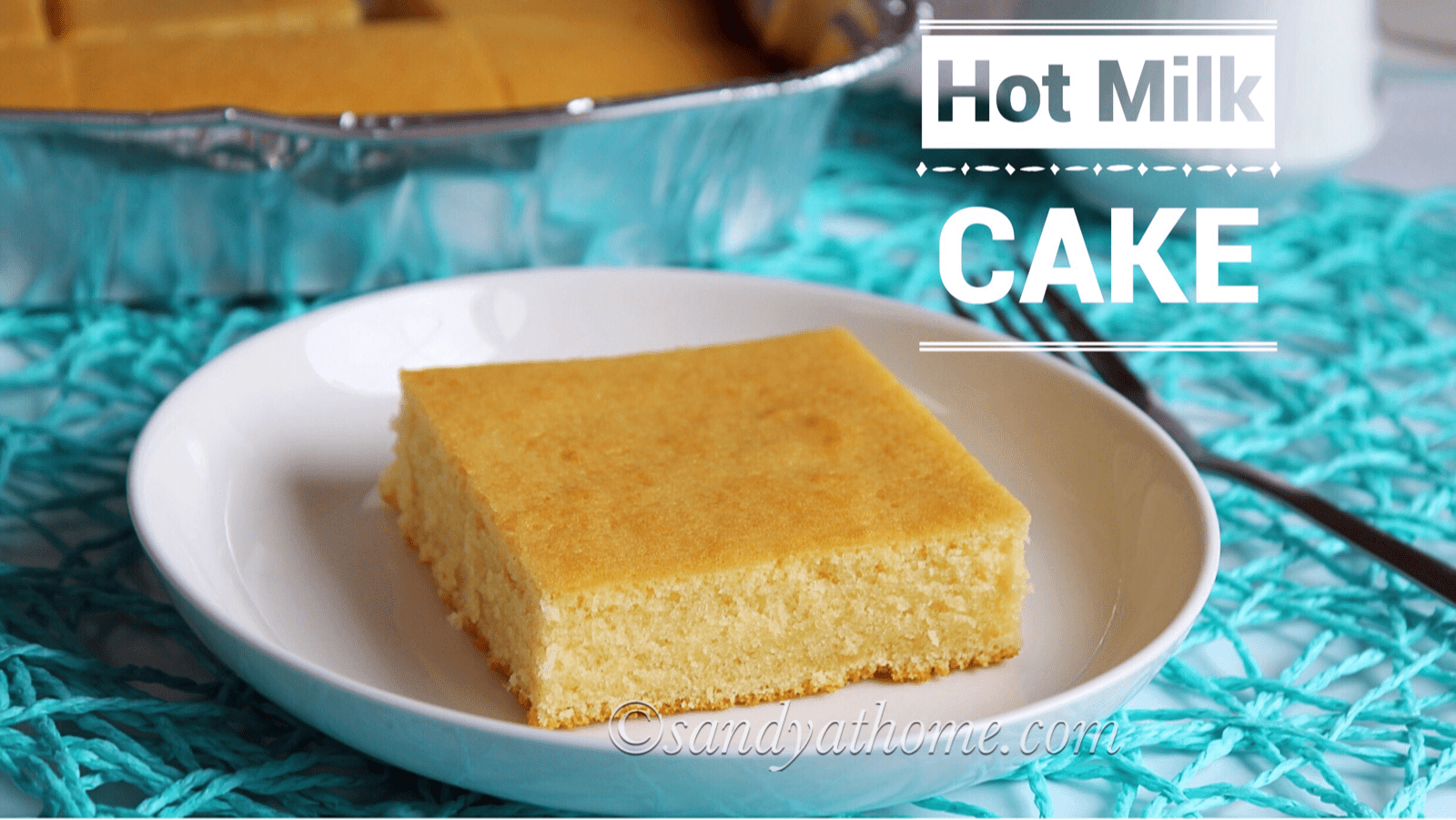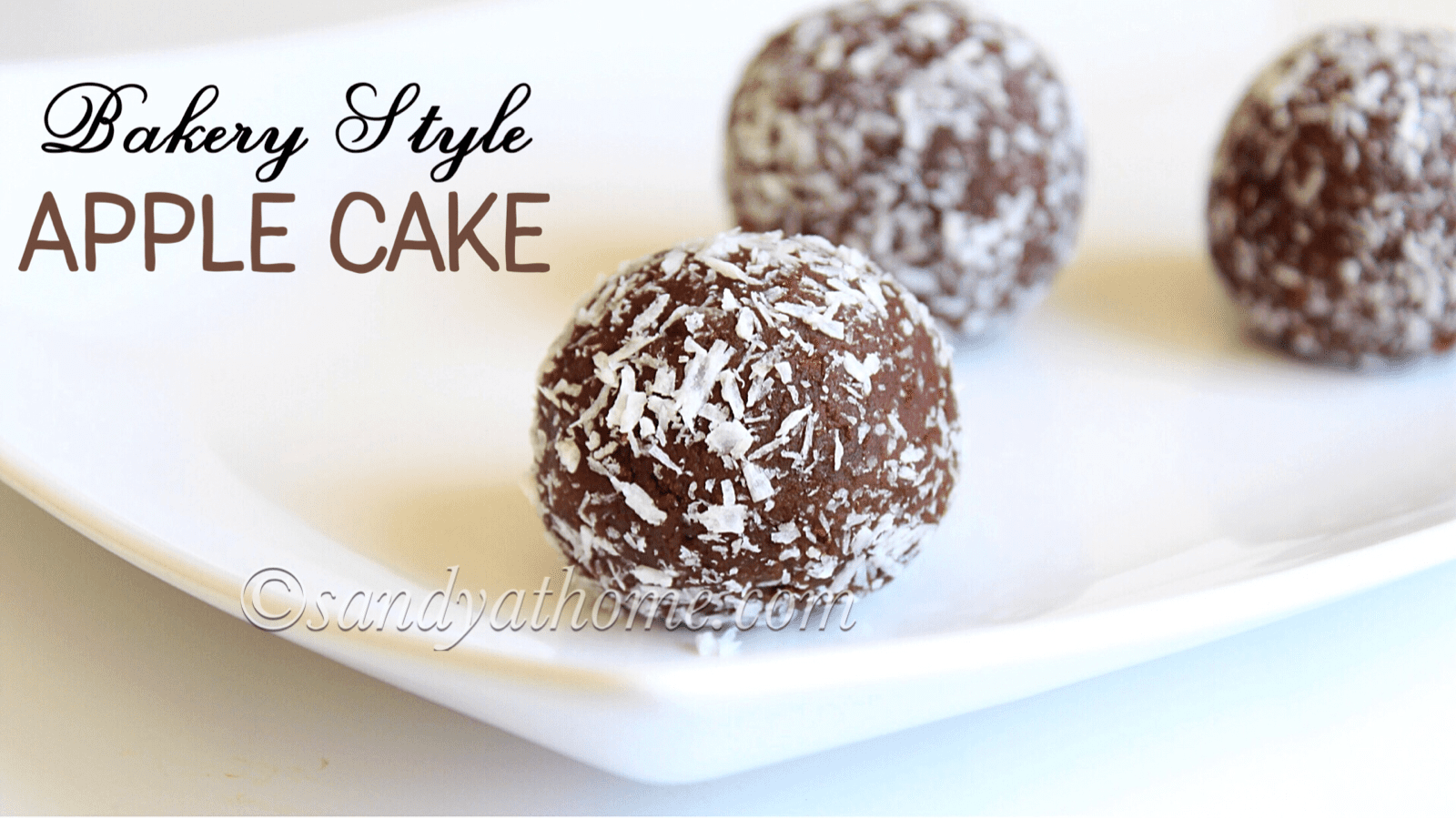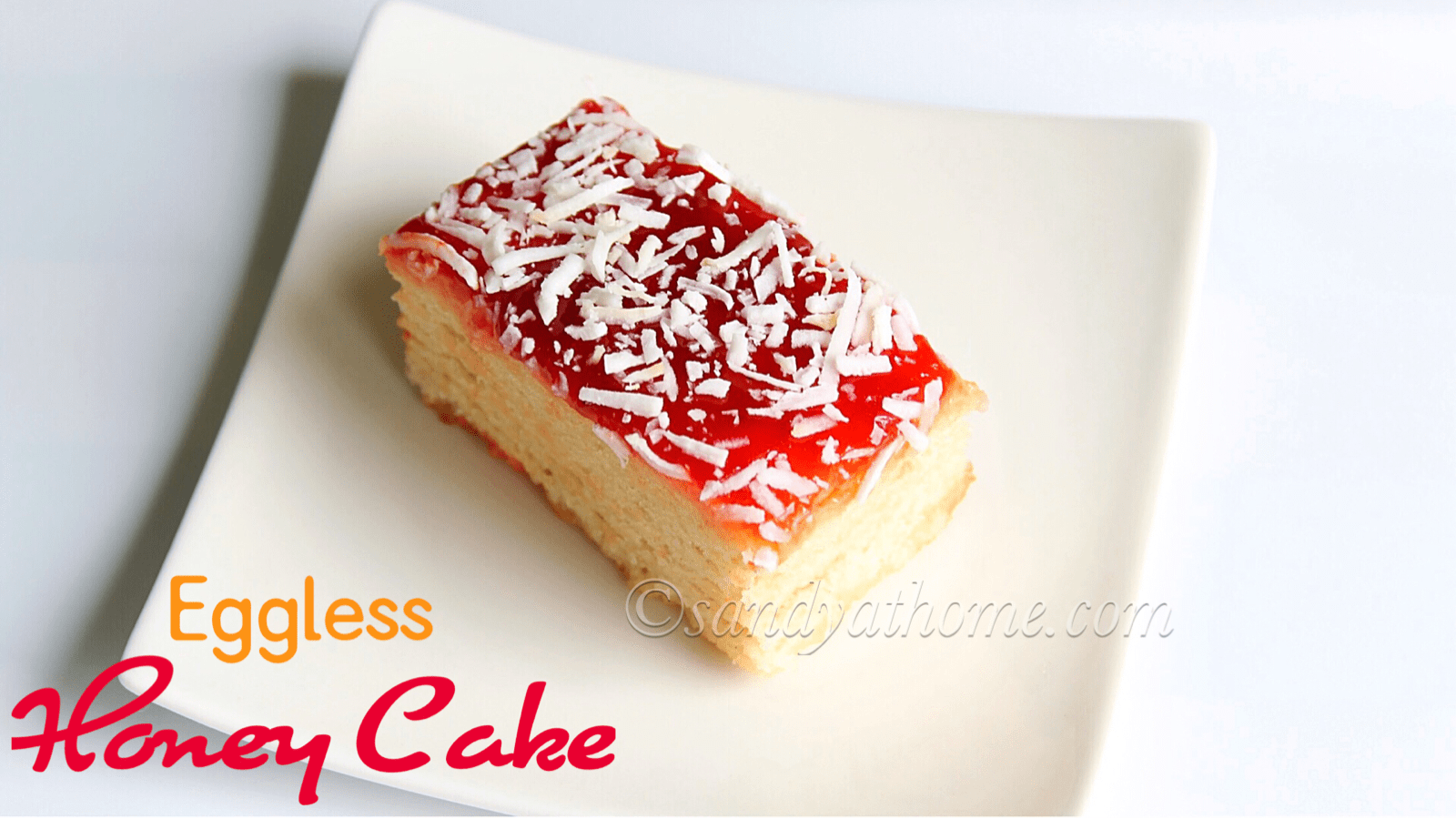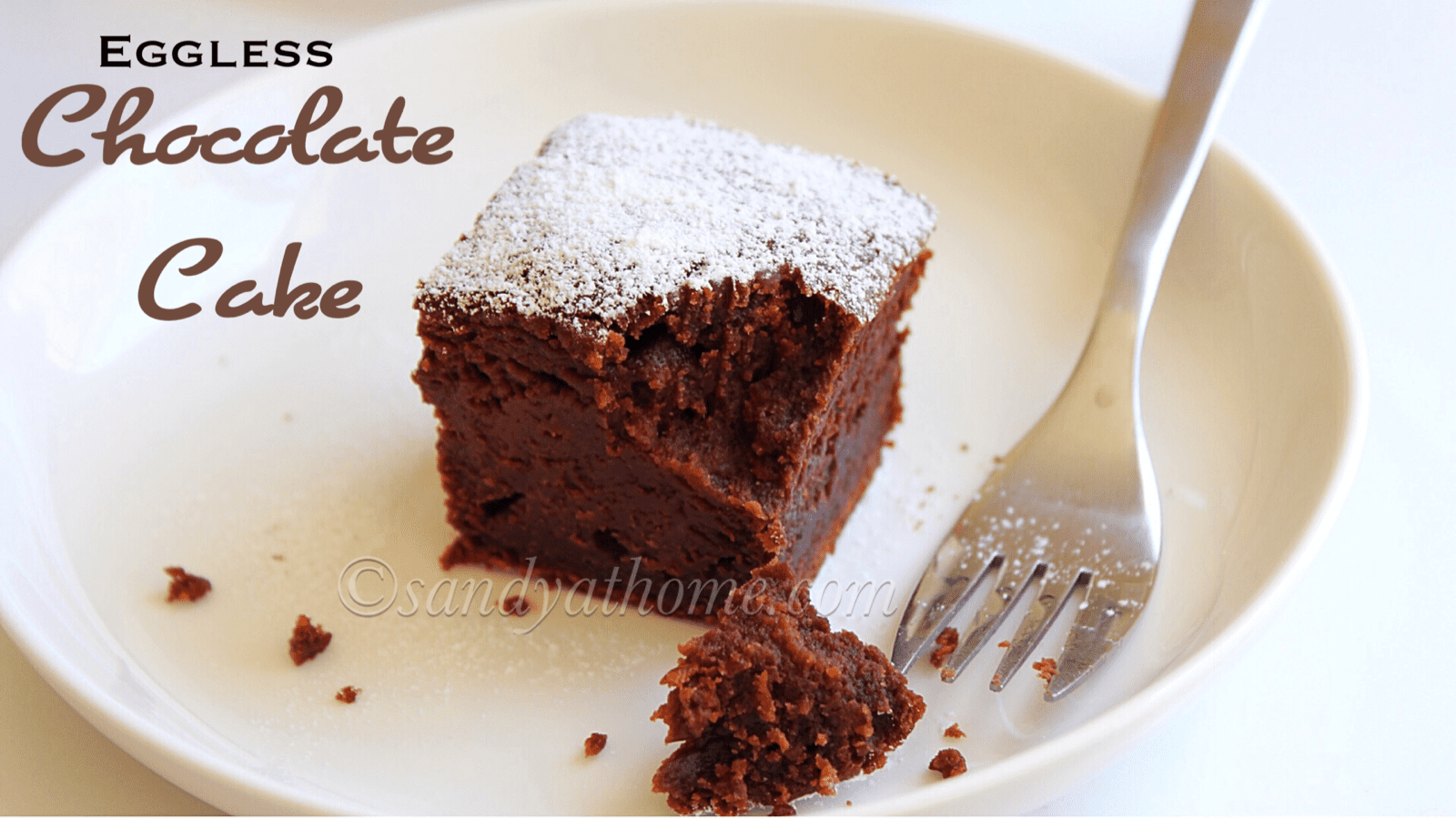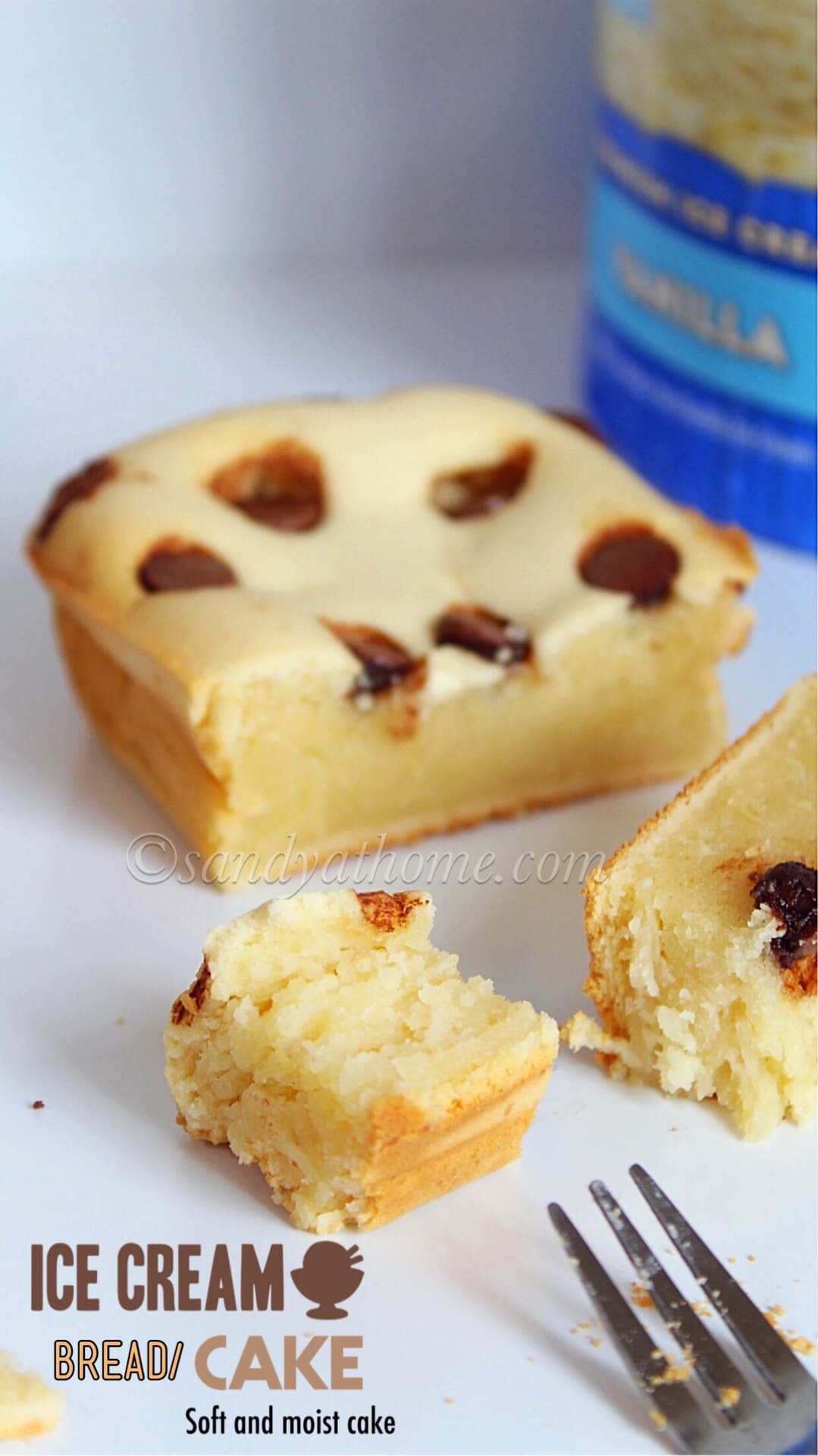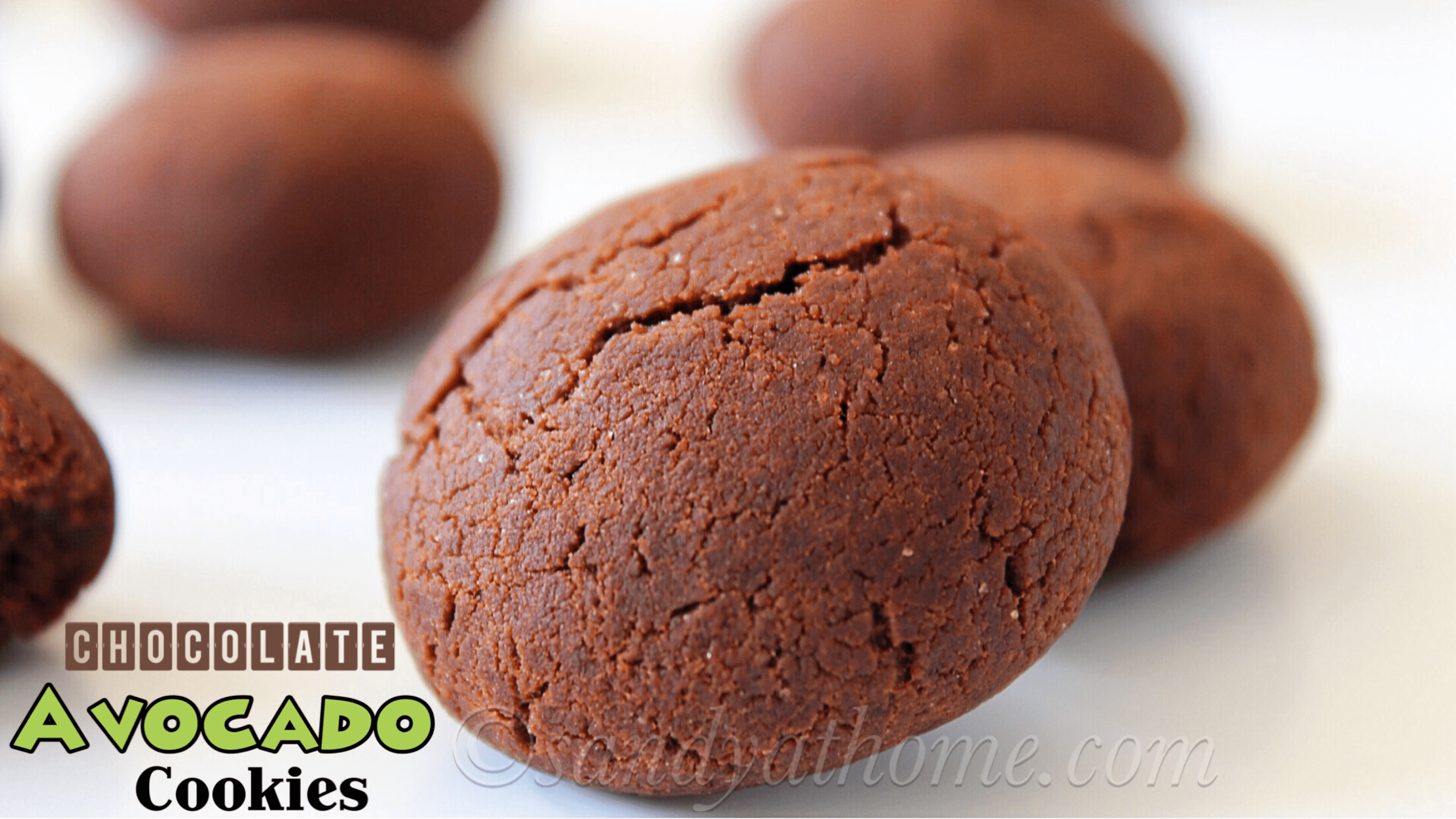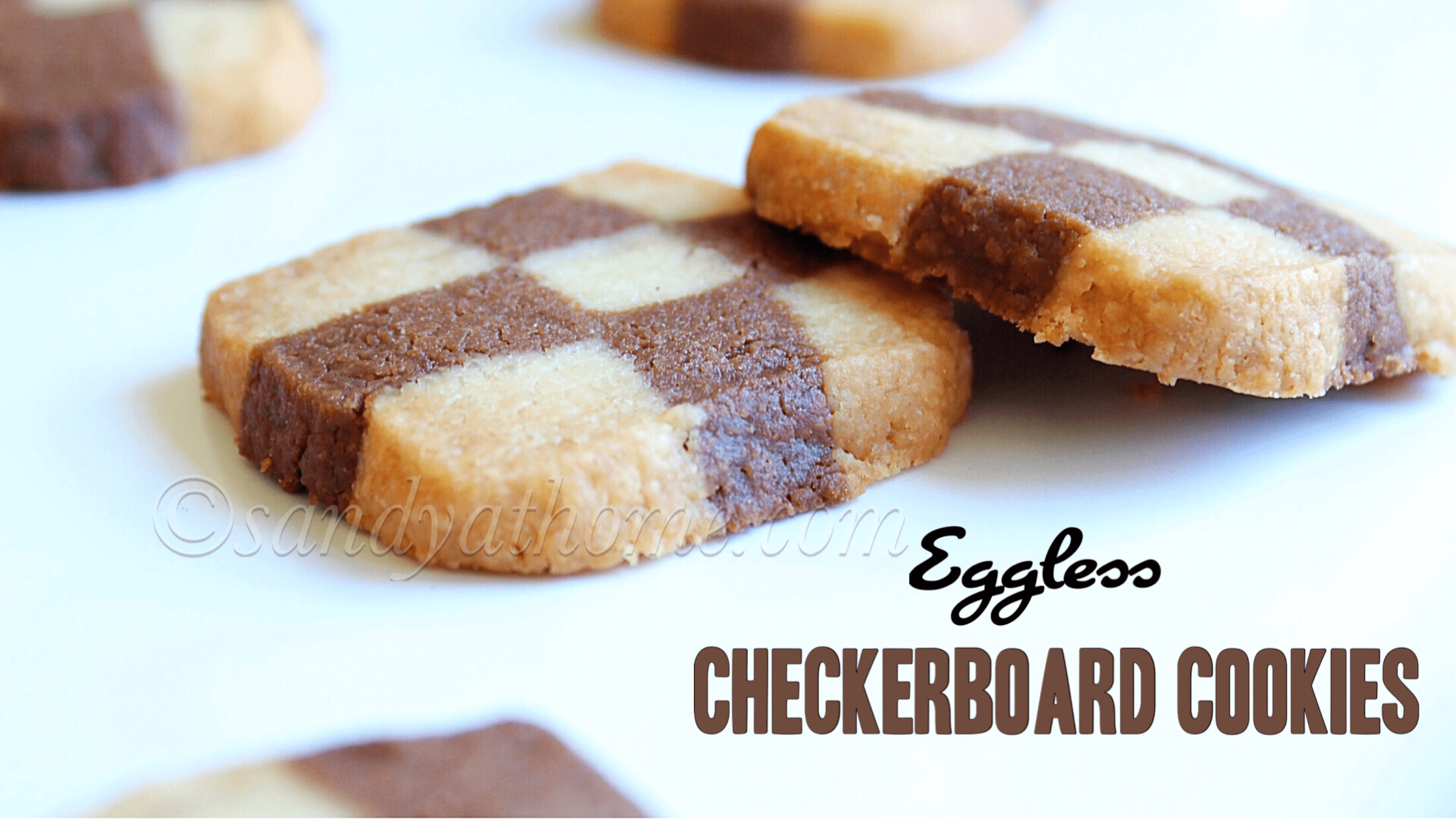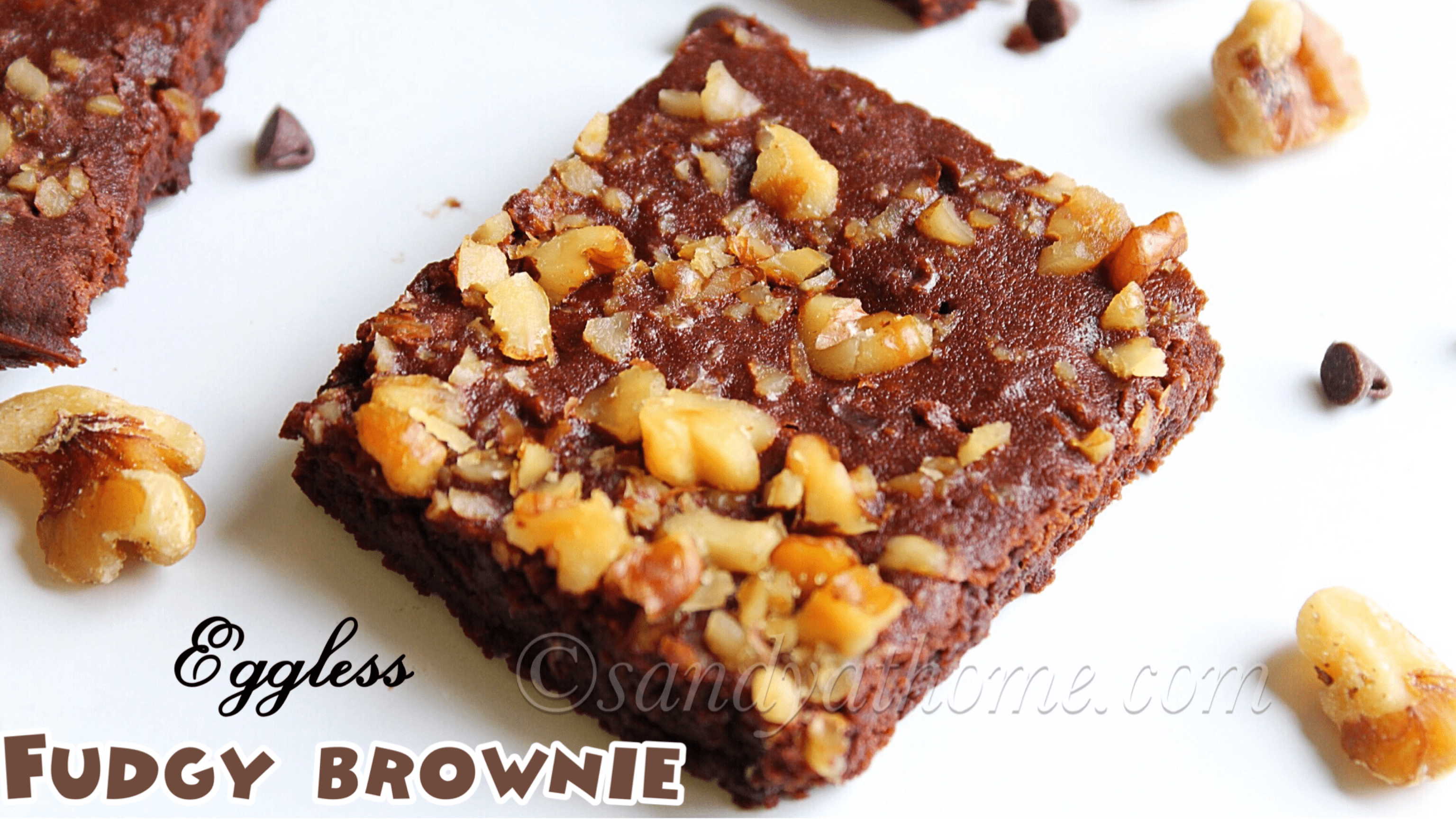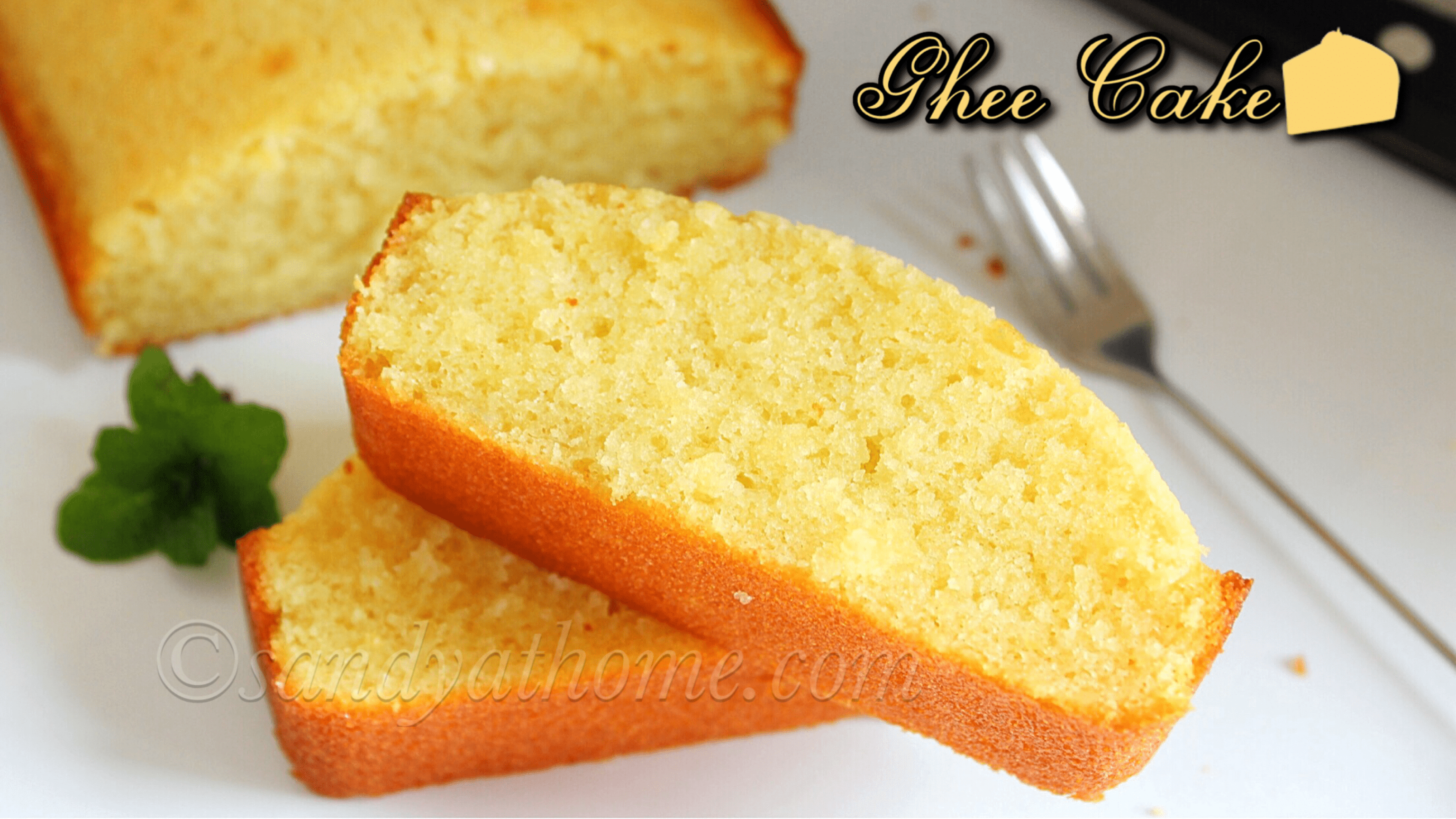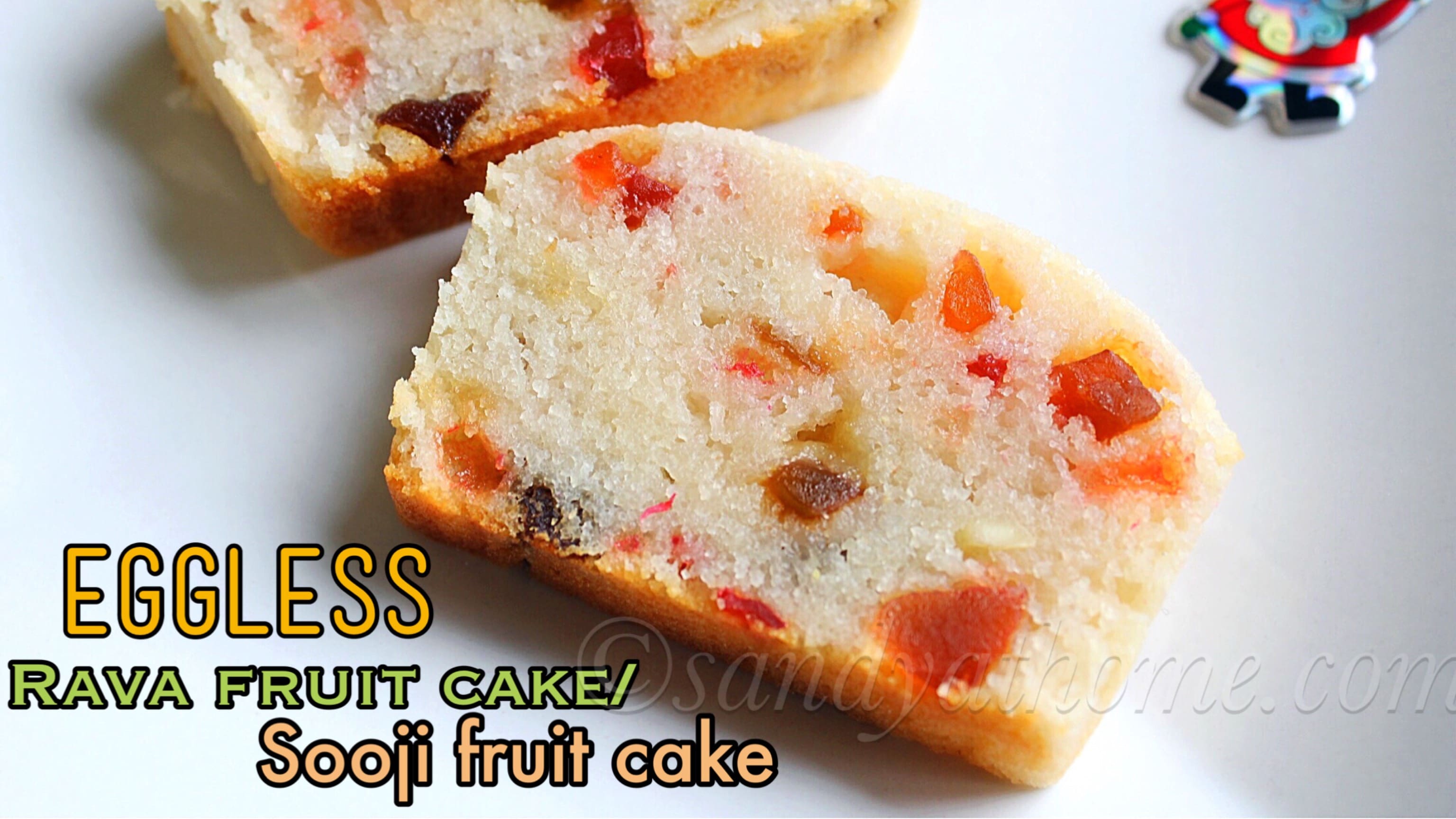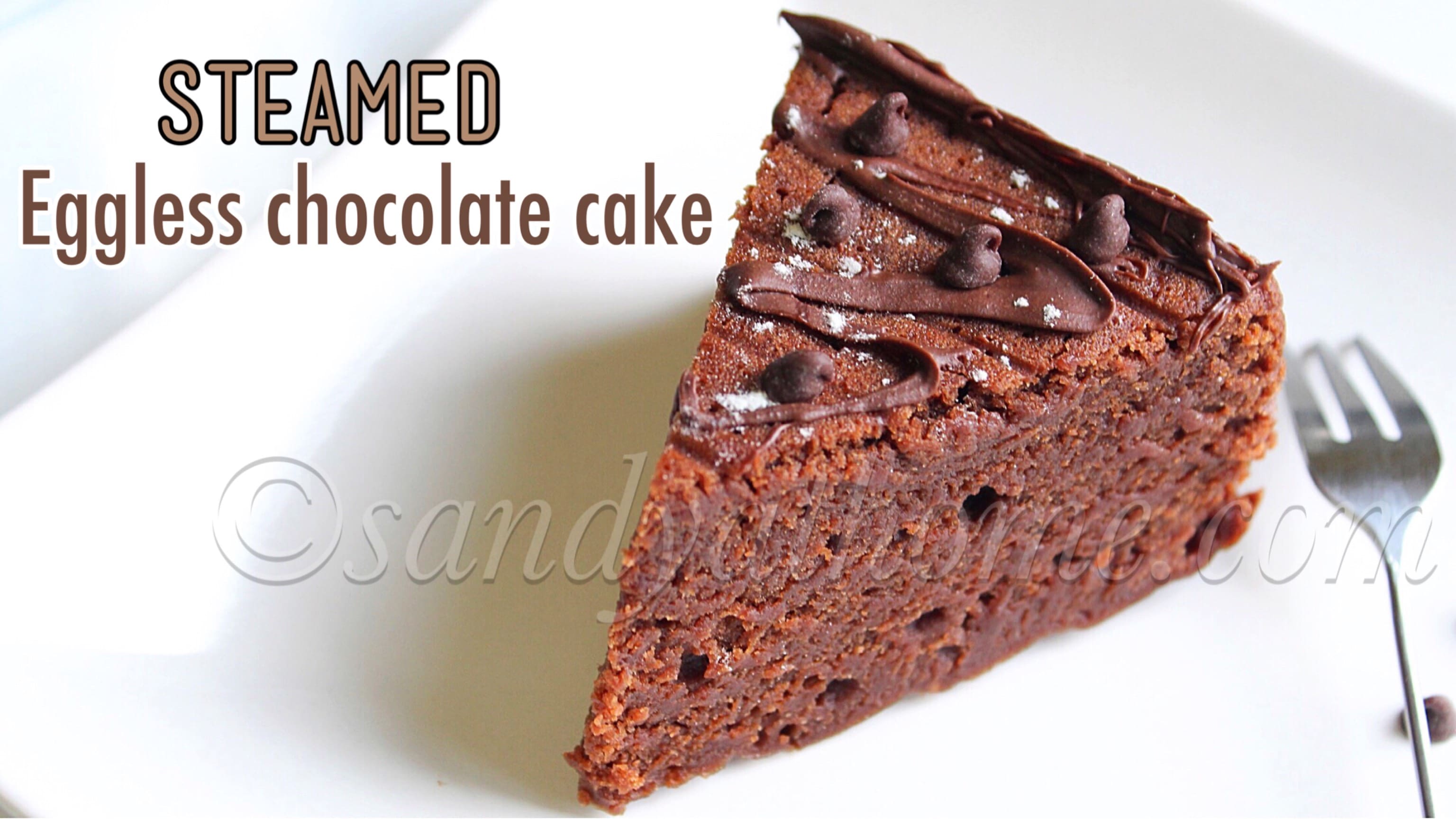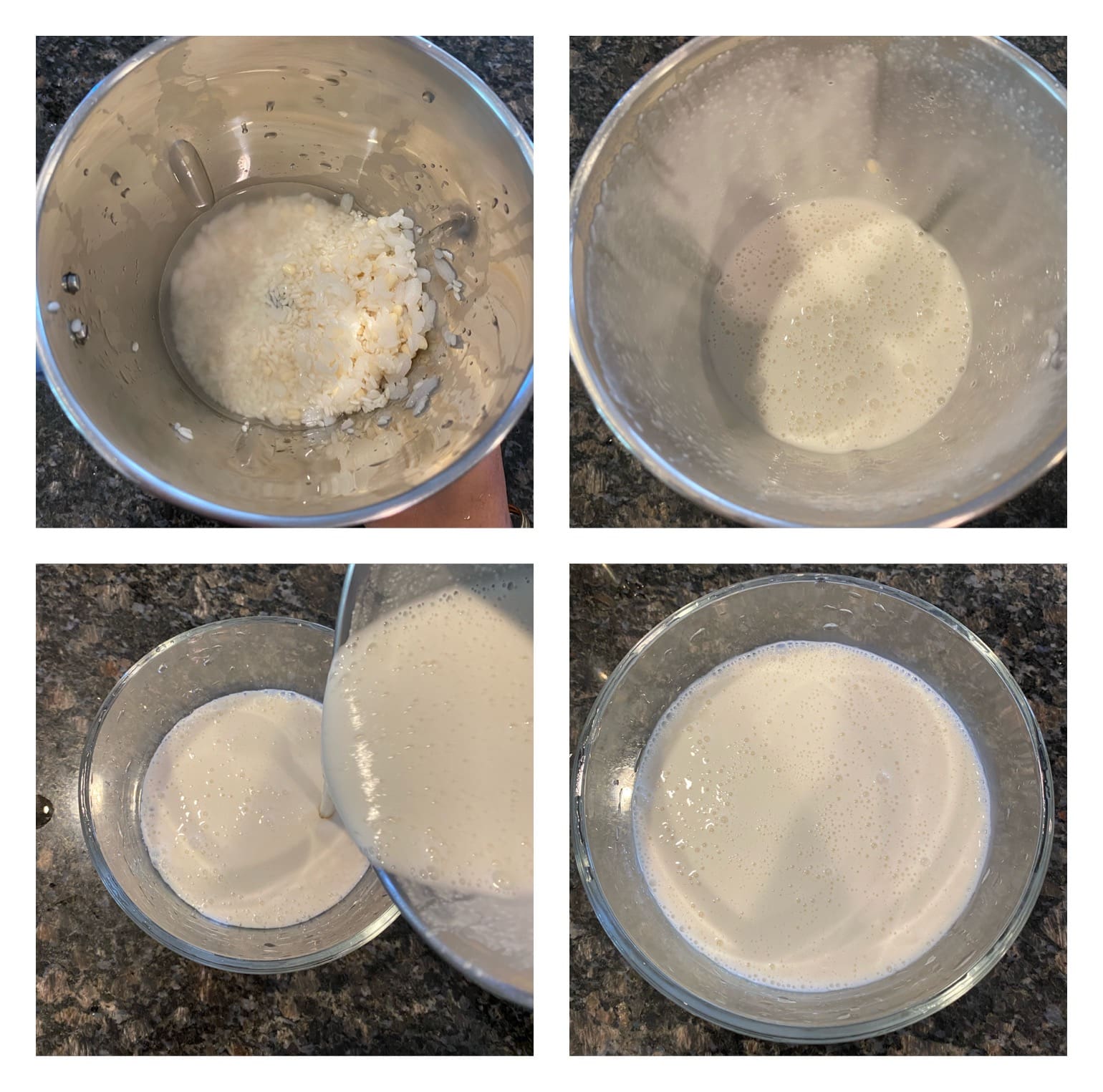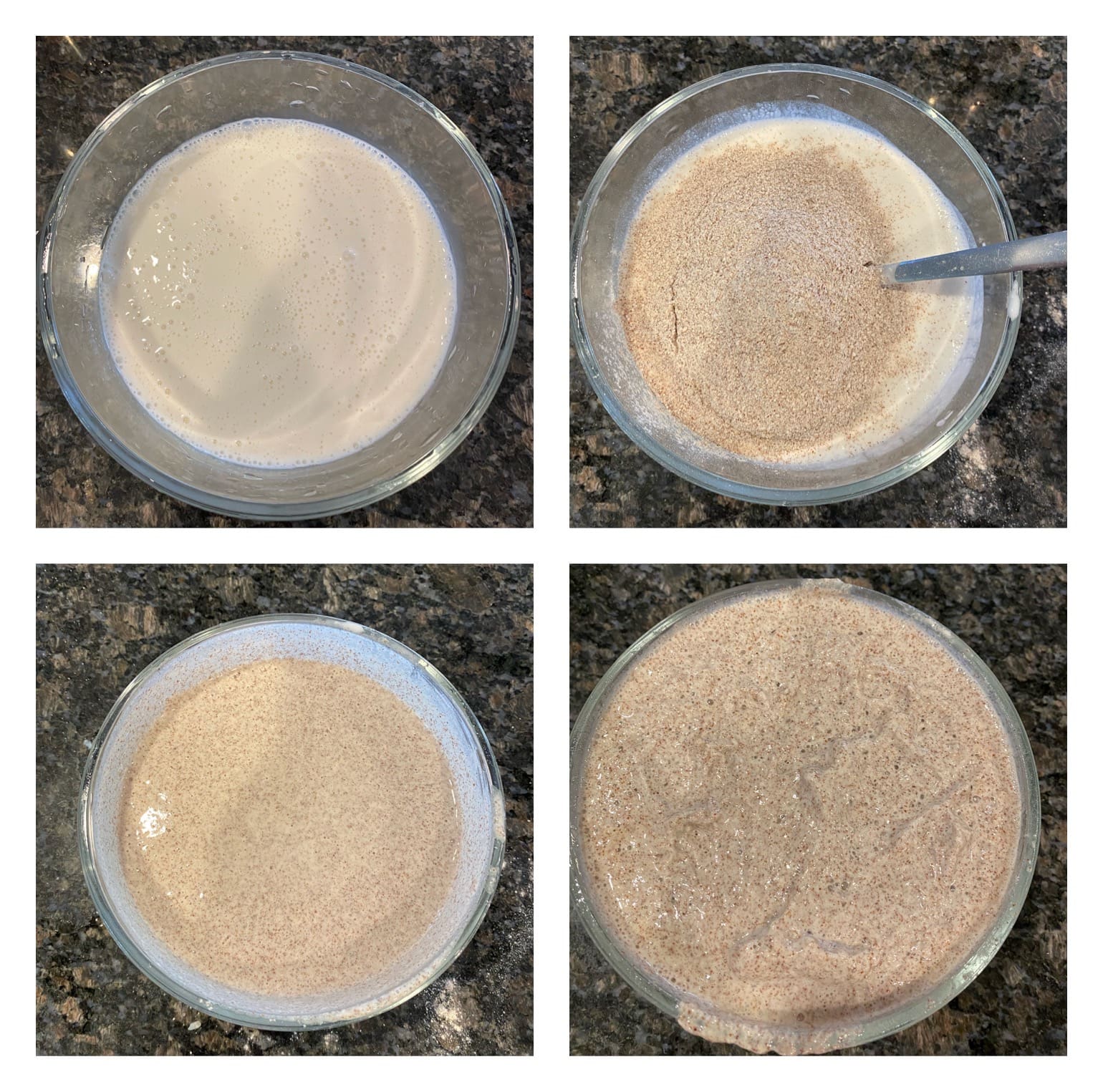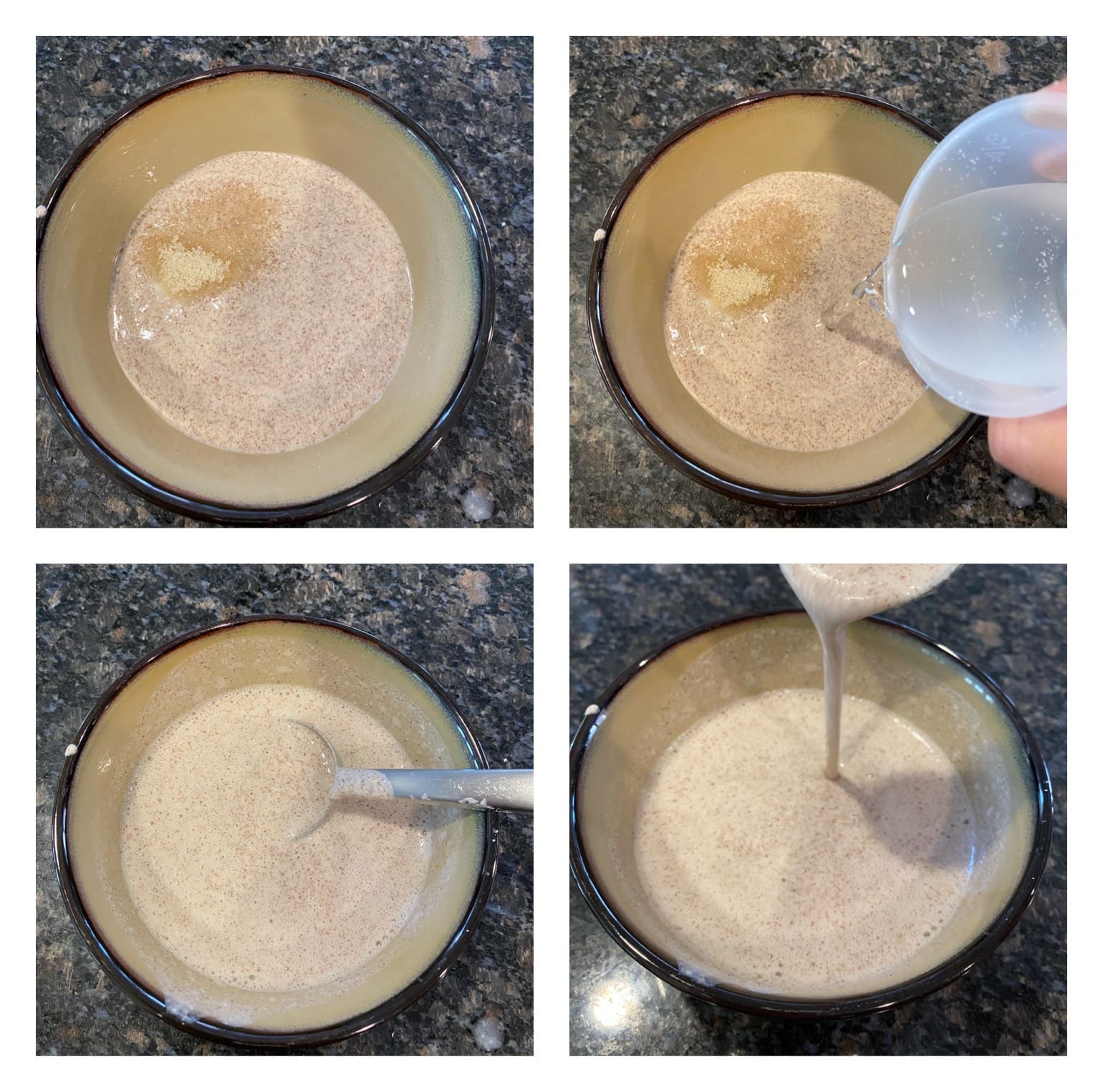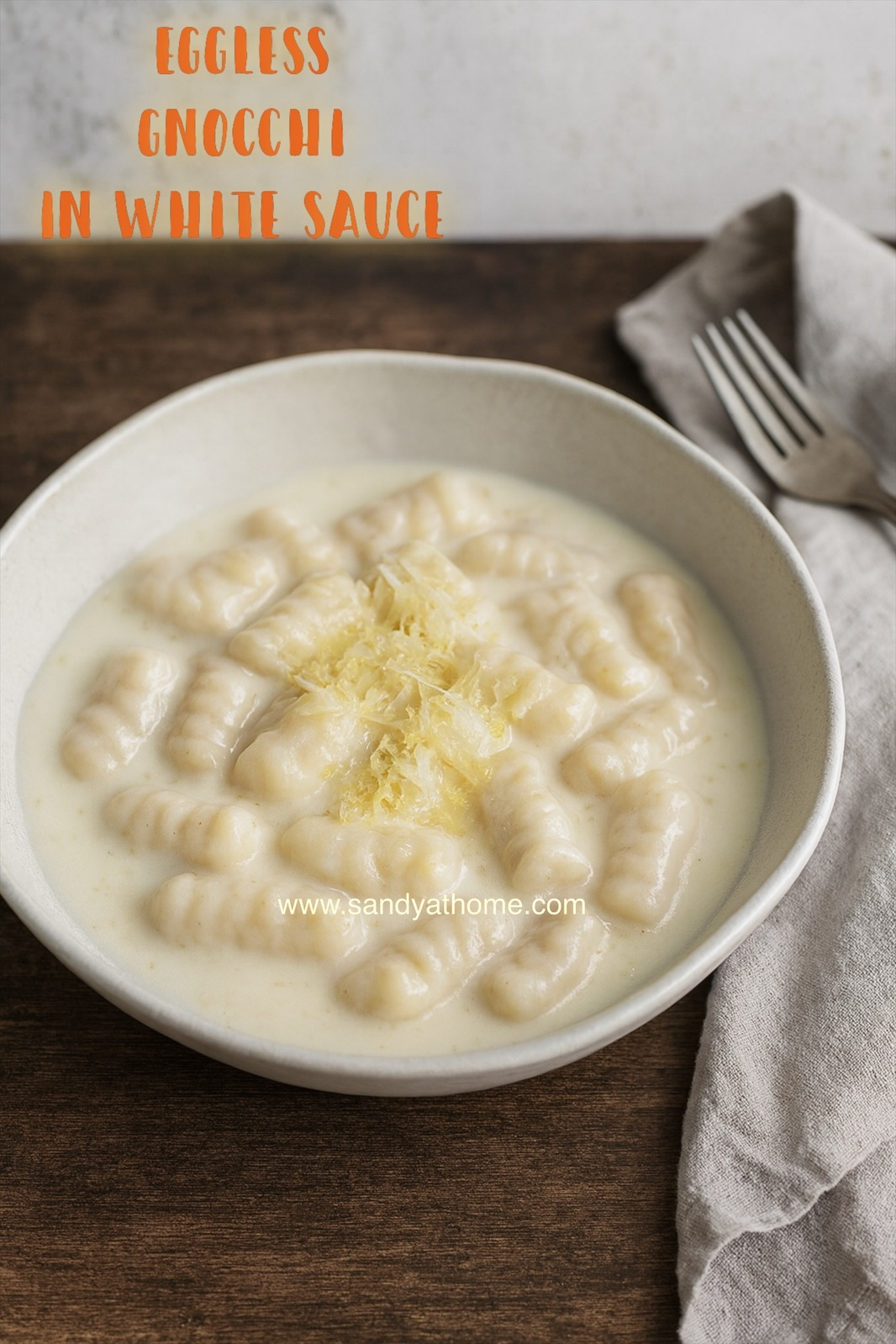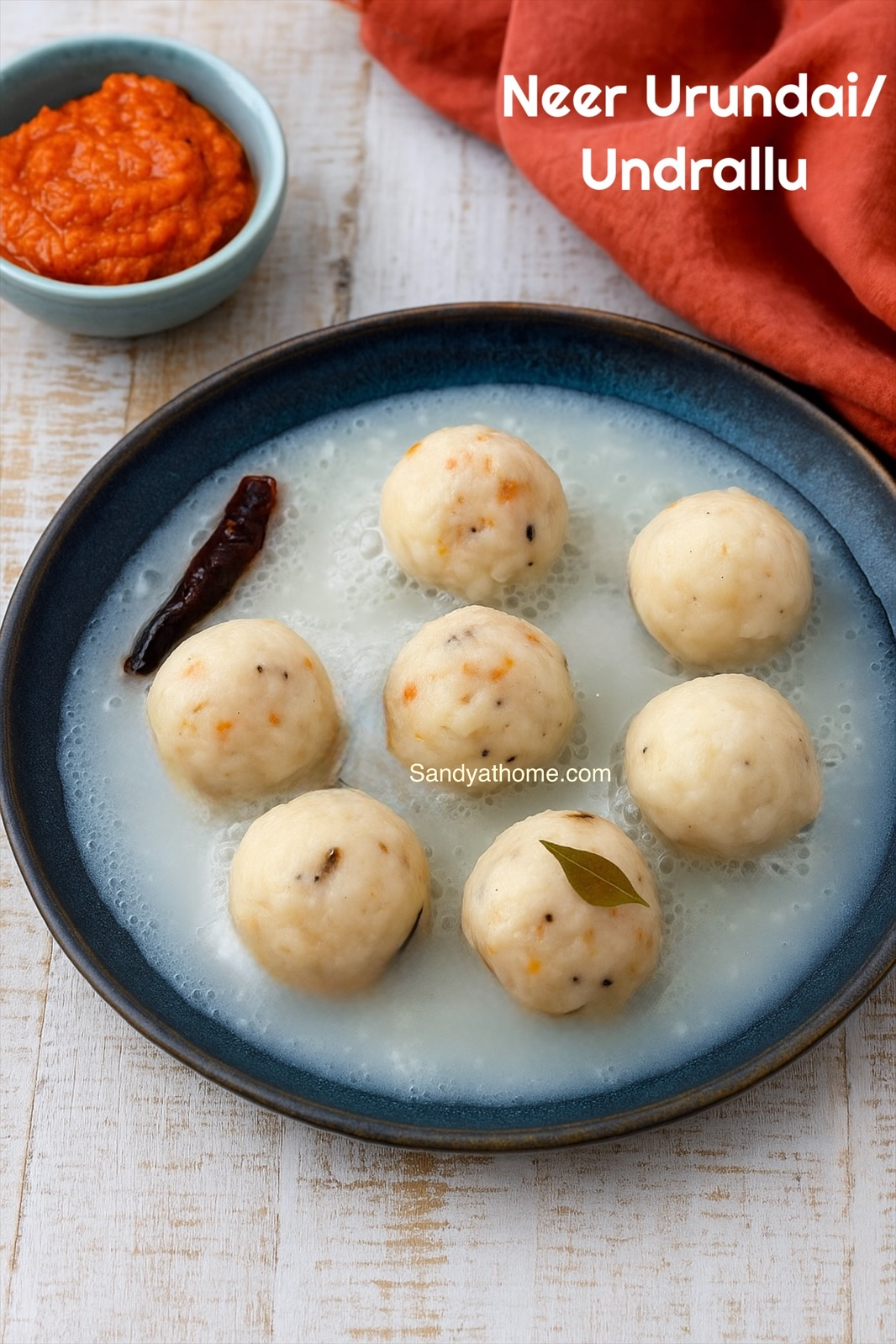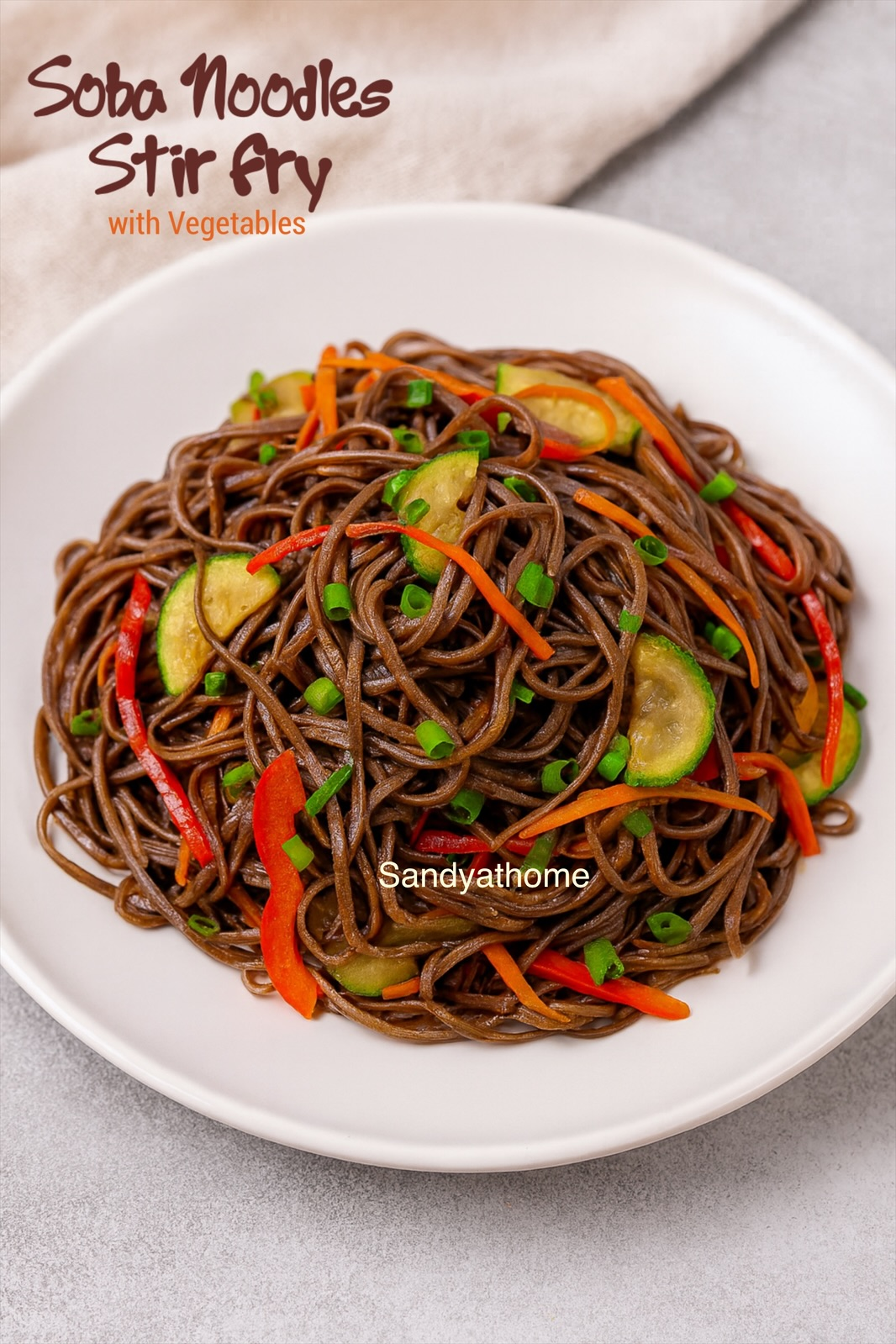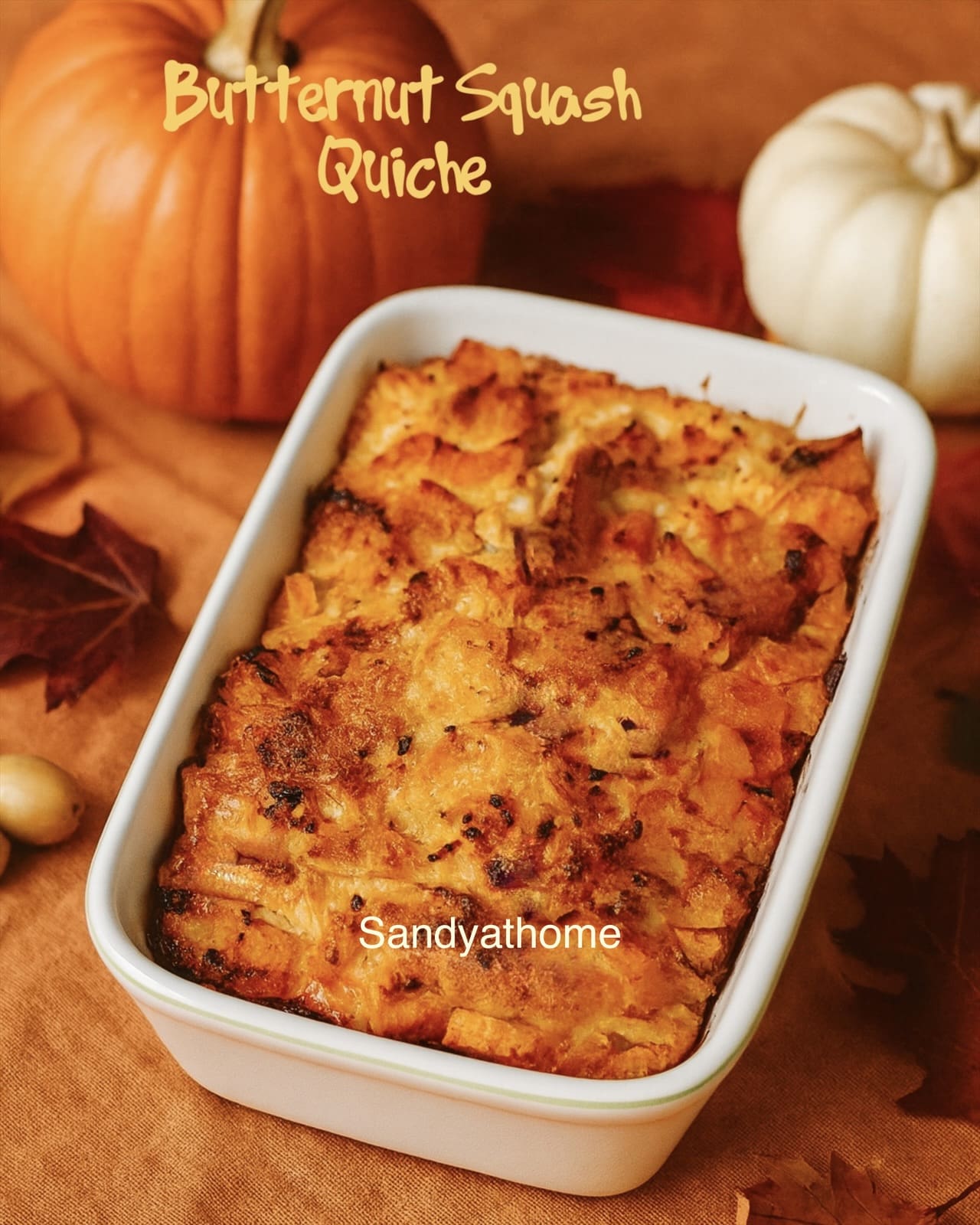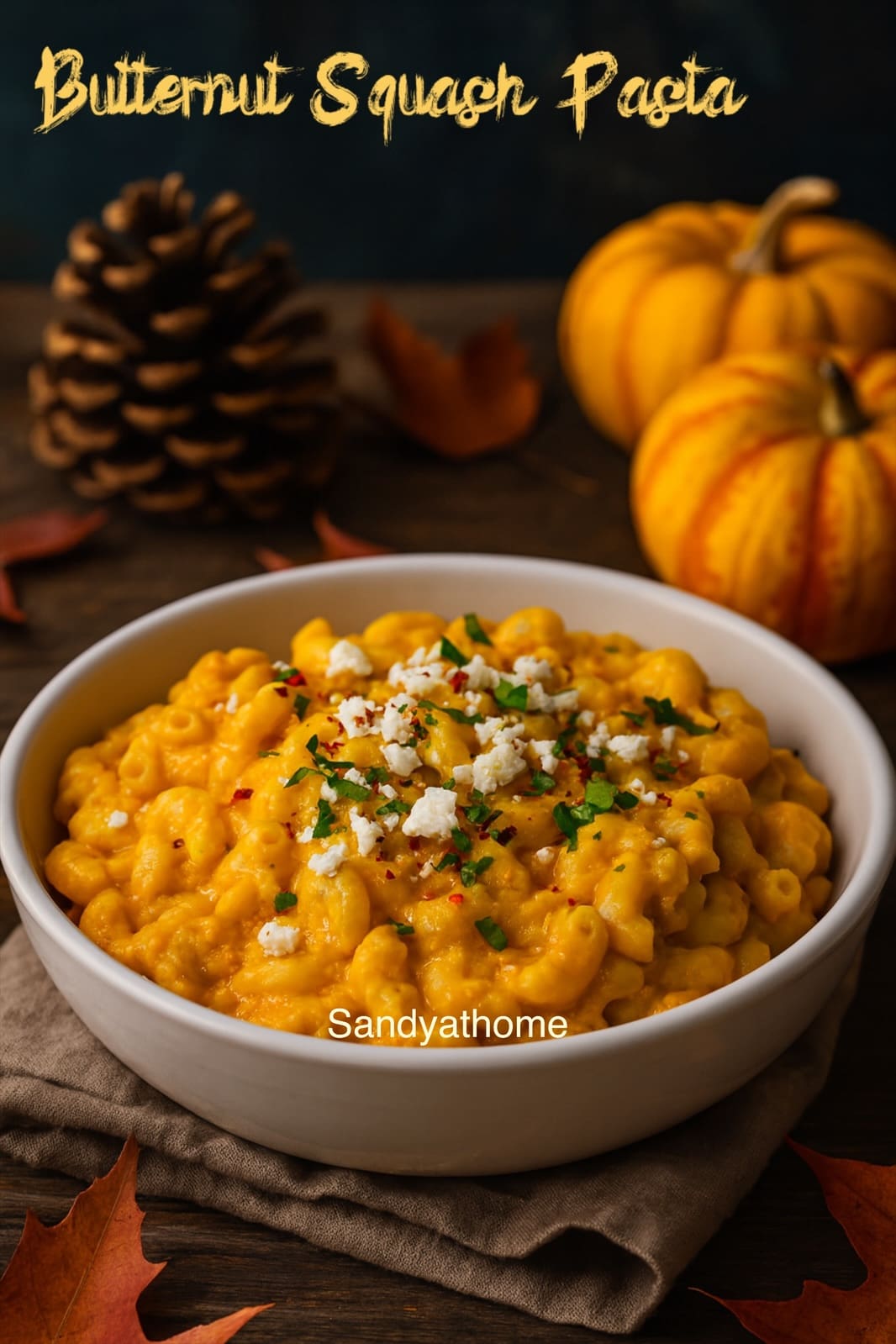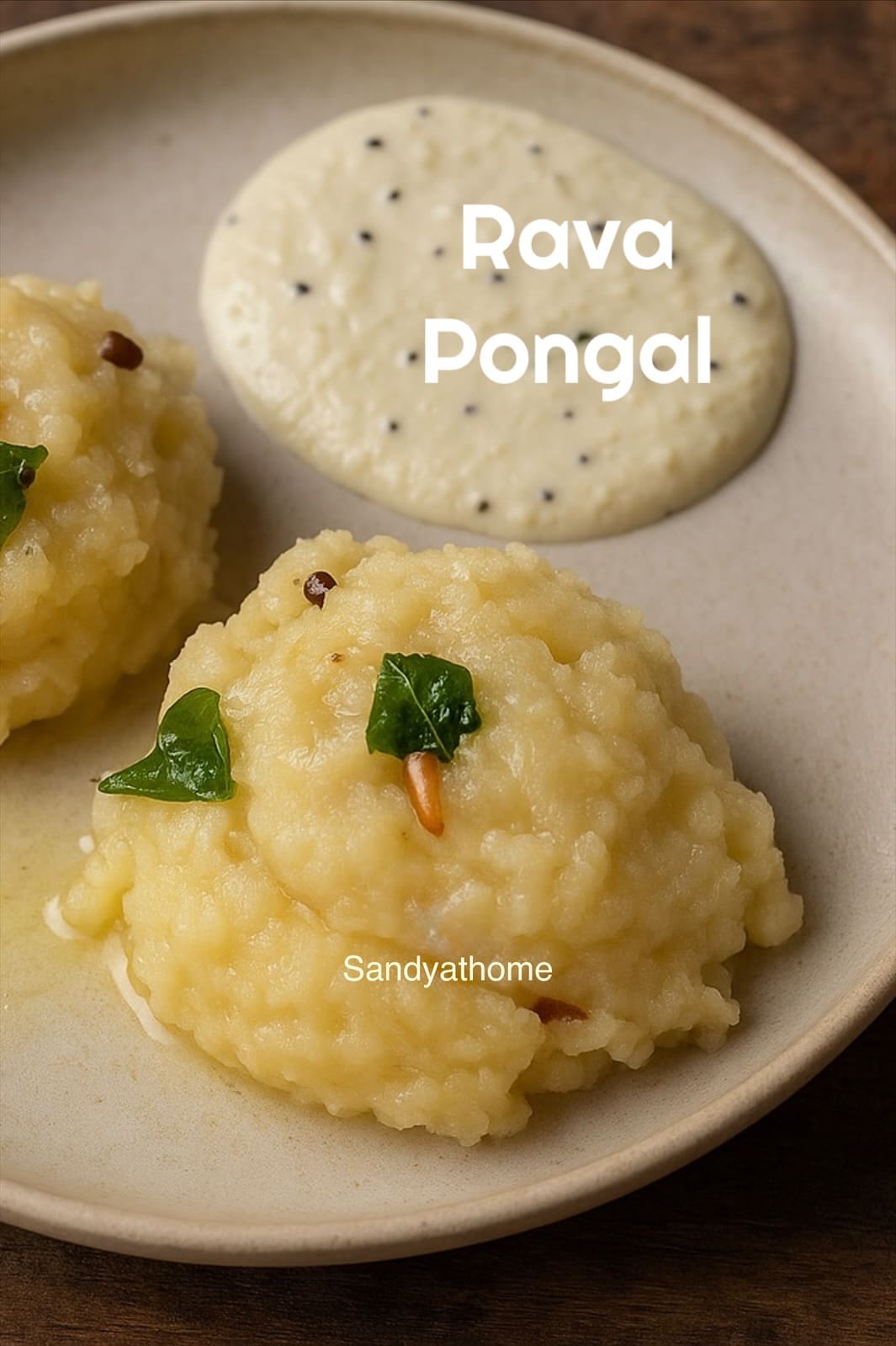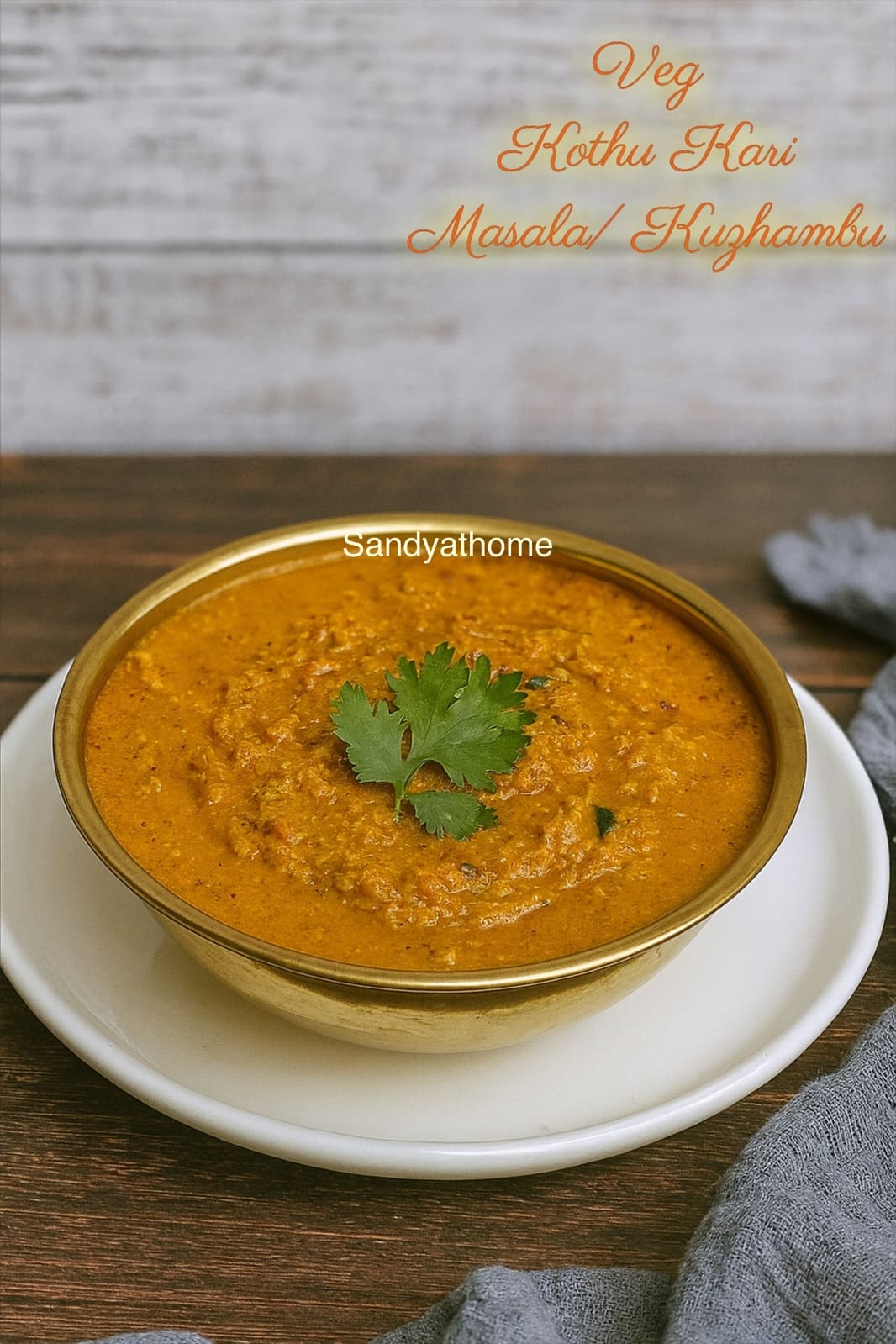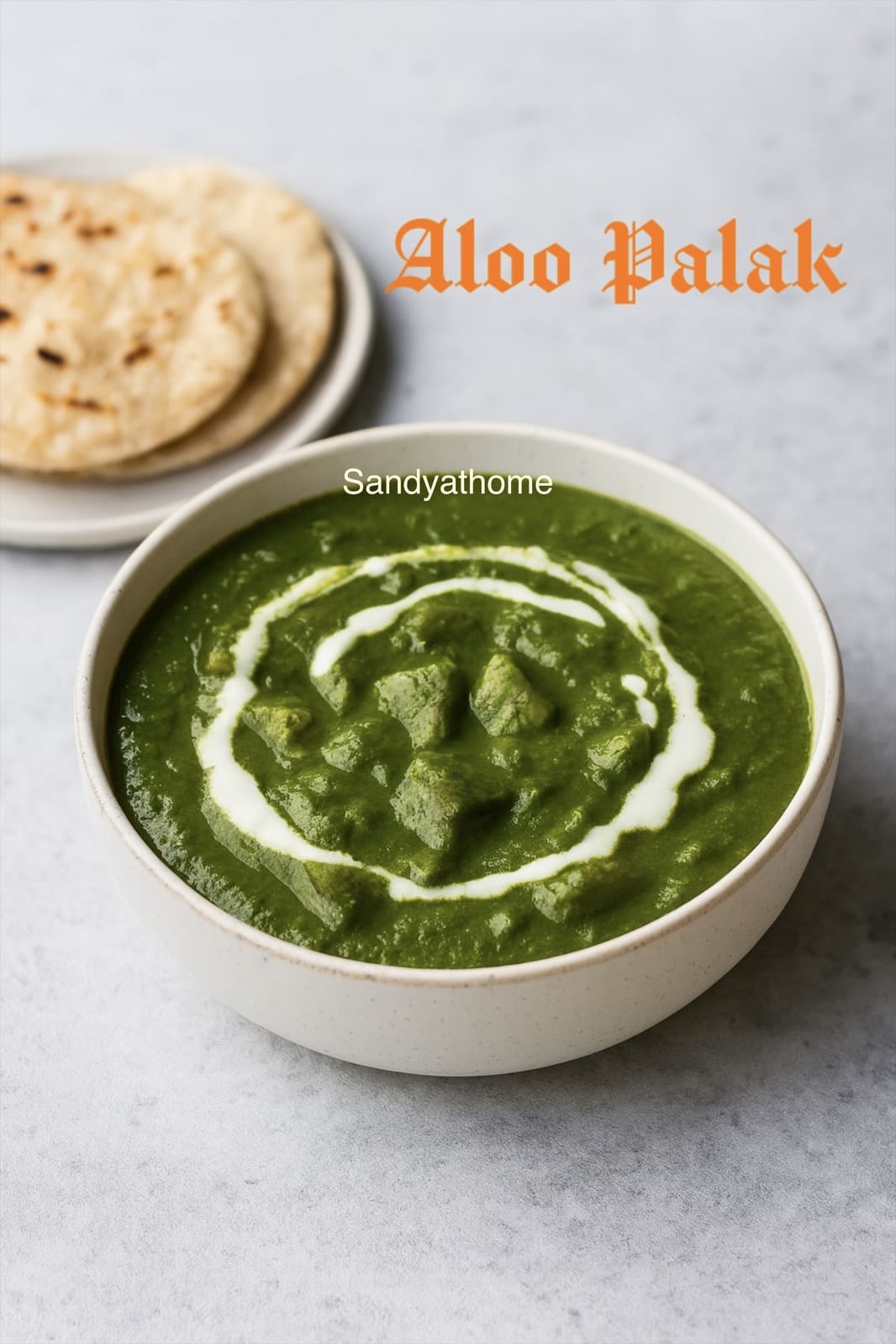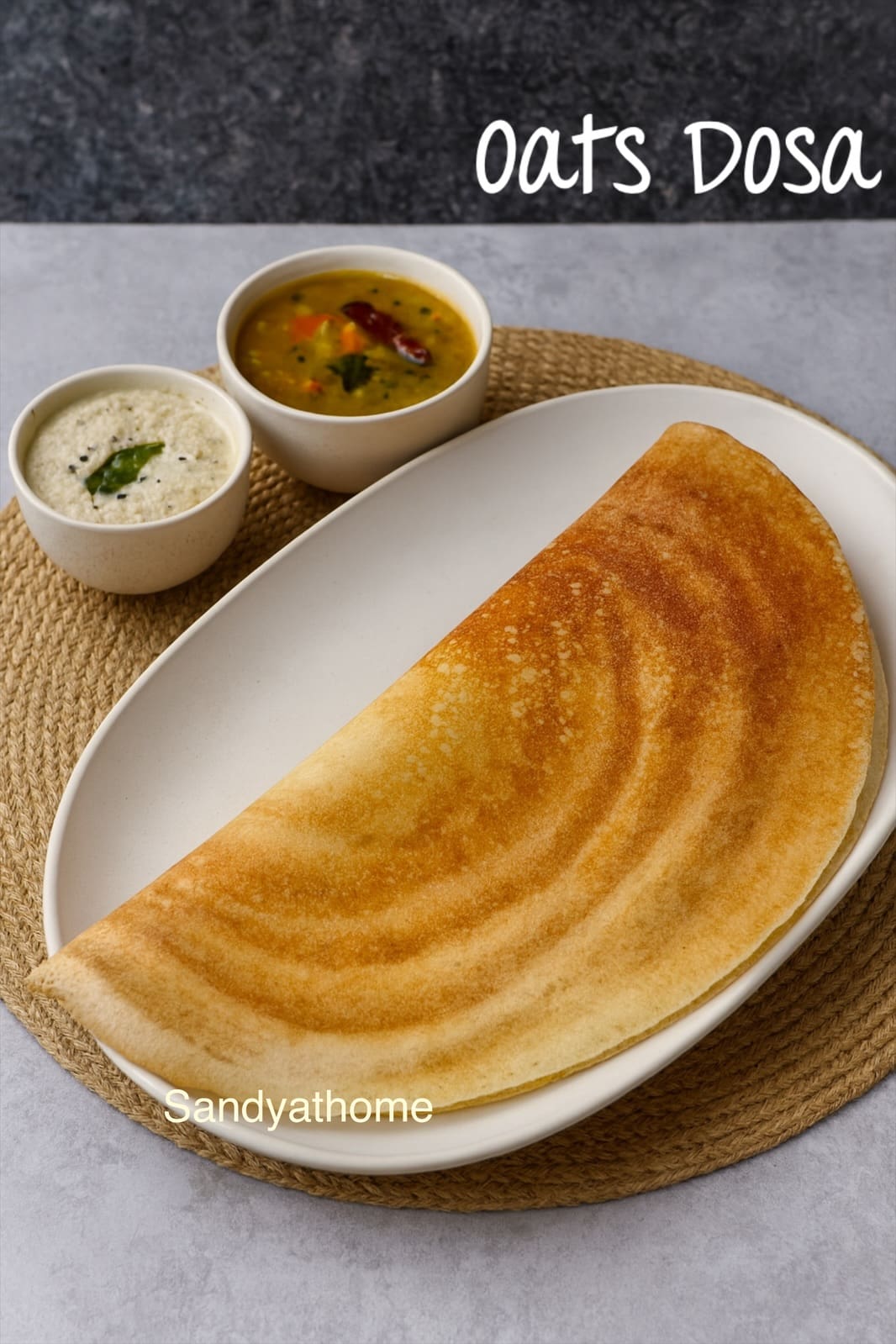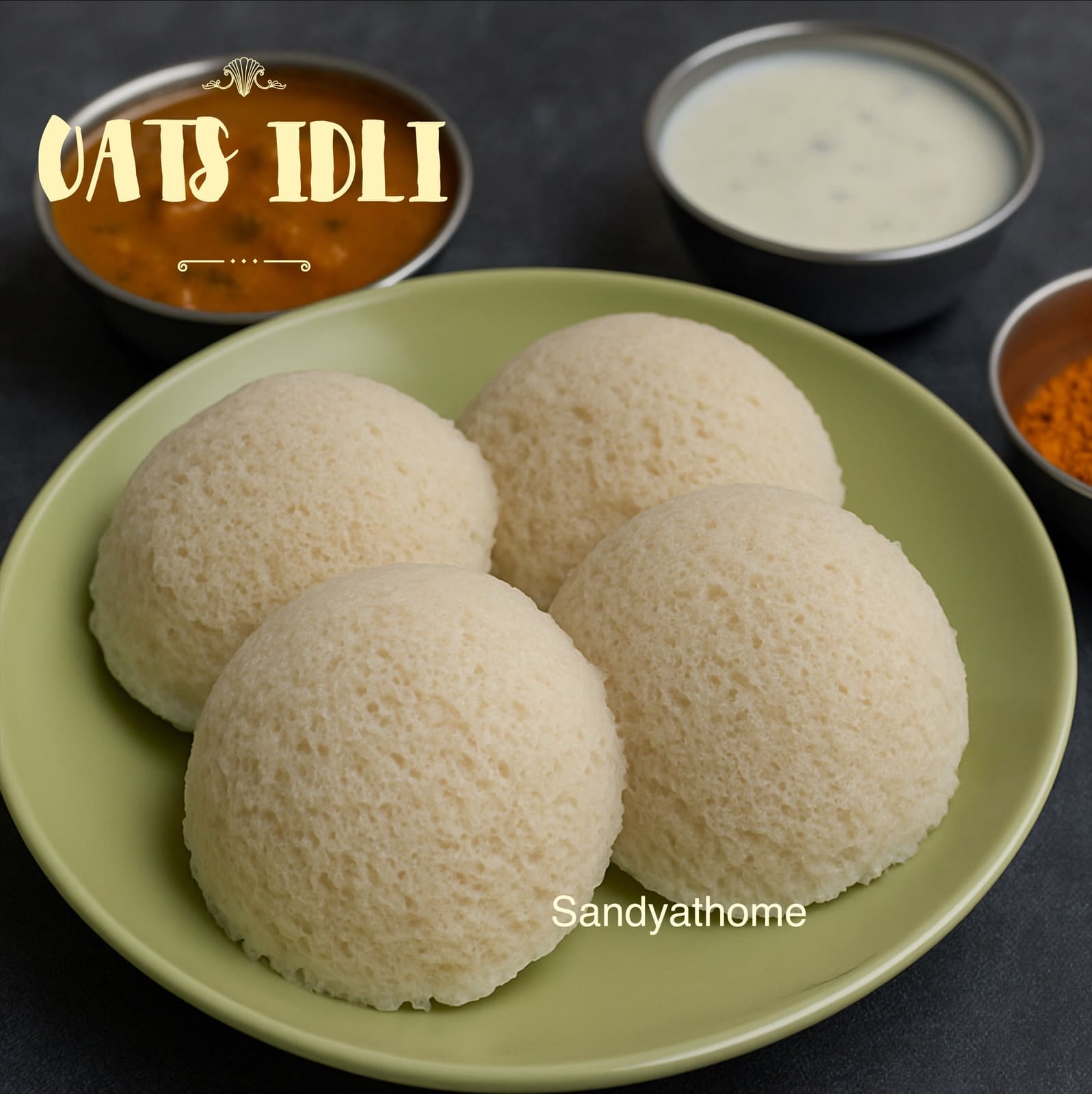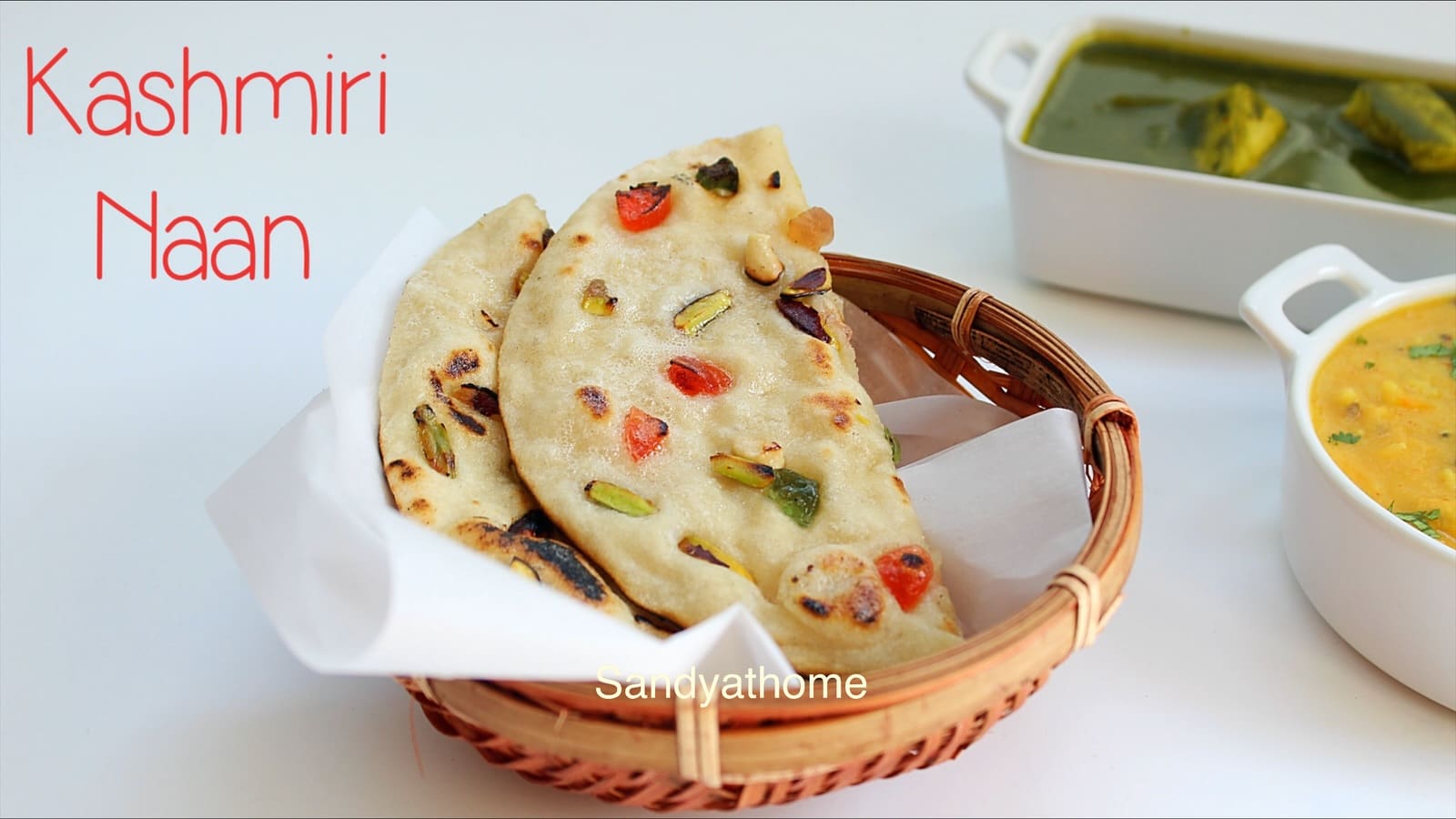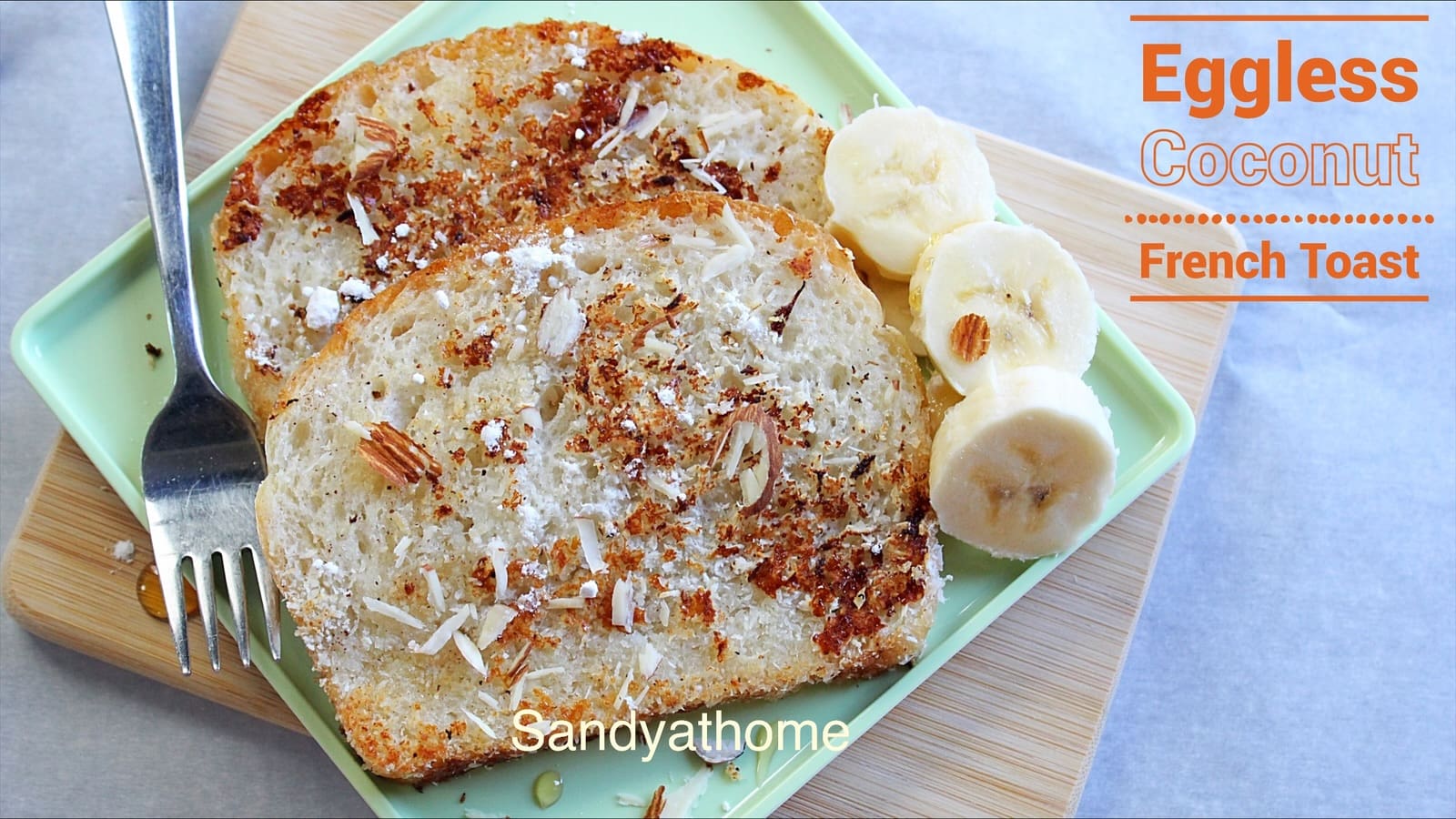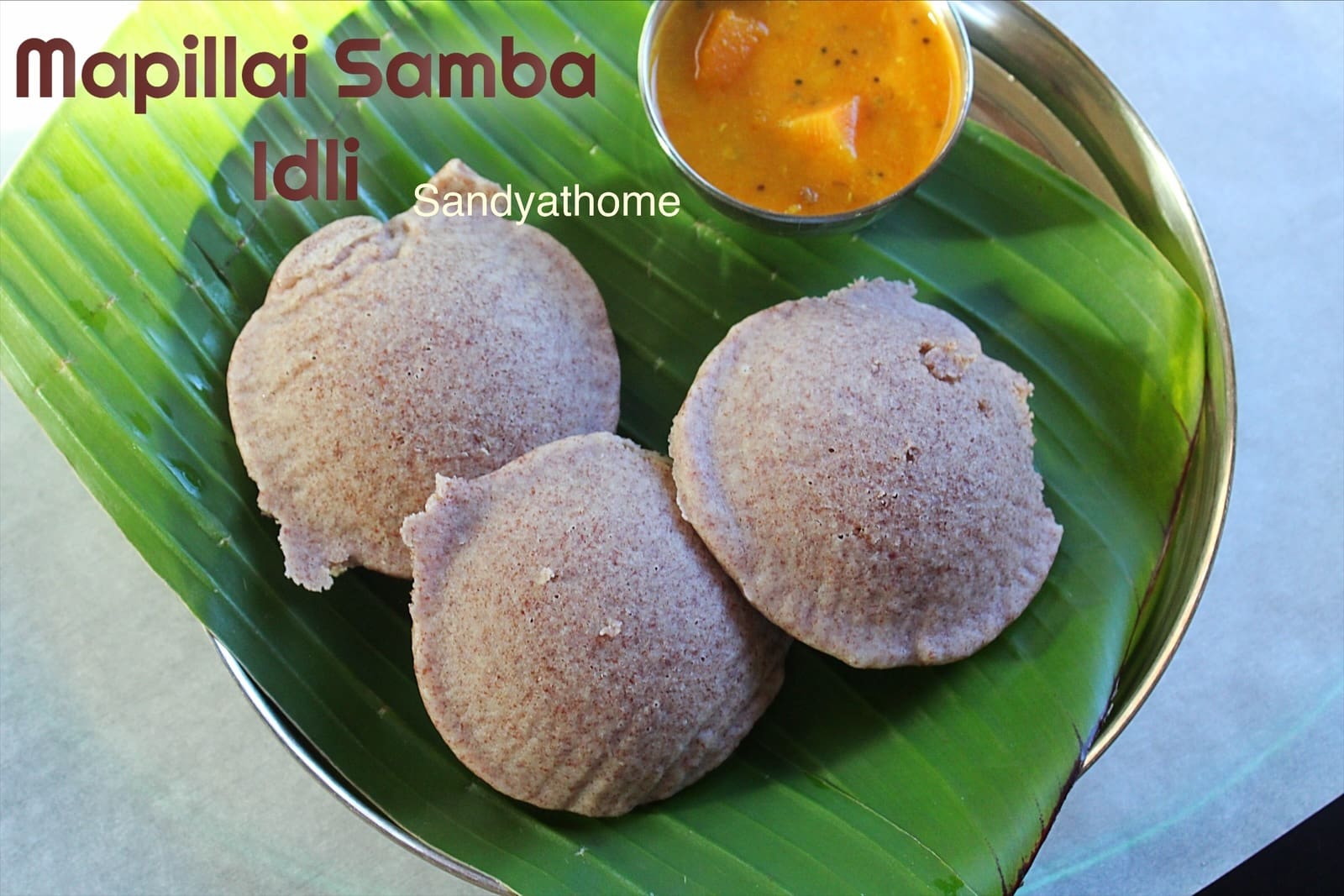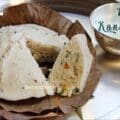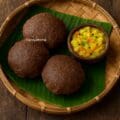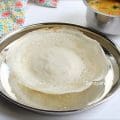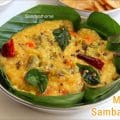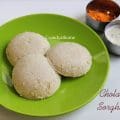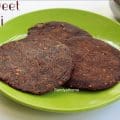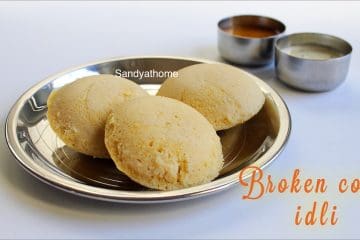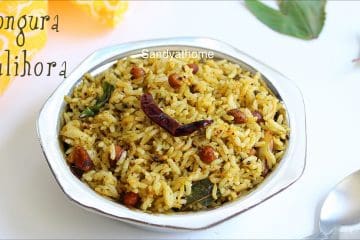Appam is a centuries-old South Indian and Sri Lankan dish, traditionally made with fermented rice batter and coconut milk. It’s especially popular among Tamil, Kerala, and Christian communities during festivals and feasts. Its lacy edges and soft, bowl-like center make it visually stunning and perfect for soaking up gravies and stews.
But what about ragi appam?
Ragi (finger millet) has ancient roots in South Indian food culture, especially in Tamil Nadu and Karnataka. Valued for its high calcium and cooling properties, ragi was once a staple in royal kitchens and village homes alike. However, ragi was not commonly used in appam until recent times when millets began making a comeback as healthy alternatives.
This ragi-based appam is a modern revival—a millet-rich twist on the age-old appam. It reflects how traditional recipes can adapt without losing their charm. It’s perfect for health-conscious kitchens without compromising on taste or heritage.
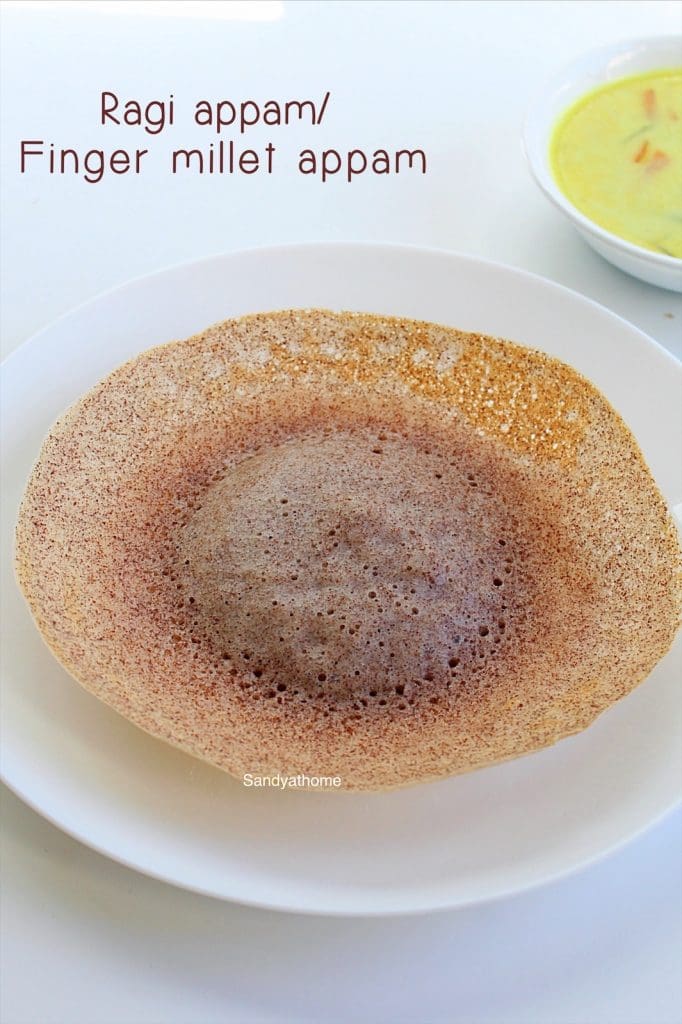
My Story Behind It
A few years ago, a friend shared a minimalist appam recipe—no coconut, no yeast, just a well-fermented batter. I loved it instantly and gave it my own healthy twist by adding ragi flour, and trust me, it turned out spongy and delicious!
As summer heats up, this cooling grain is just what we need. Ragi is a natural coolant, rich in calcium, fiber, and wholesome goodness. For those of you who follow my blog, you know I love working with millets. Here’s one more gem to add to our collection of nourishing breakfasts! This ragi appam can be served with can be served with simple coconut milk,Egg stew or kurma like Soya chunks kurma, Kondakadalai kurma, Egg kurma and Chicken kurma.
Ingredients & Their Roles
| Ingredient | Purpose |
|---|---|
| Raw rice | Adds crispness to the edges of the appam |
| Idli rice | Provides softness and structure |
| Whole urad dal | Supports fermentation and fluffiness |
| Poha / Aval | Contributes to soft and spongy texture |
| Ragi flour/ Finger millet flour | Adds nutrition, earthiness, and cooling effect |
| Water | Used to grind and adjust batter consistency |
| Salt | Enhances overall flavor |
| Sugar | Balances flavor and aids in browning |
| Baking soda | Gives instant rise and soft center when cooking (optional) |
A Healthy Hopper Twist
If you’re someone who loves soft and bowl-shaped appam but wants to skip coconut and yeast, this one’s for you. I learned this simple version from a dear friend and gave it a wholesome twist using ragi flour. With summer heat rising, ragi’s natural cooling properties and high calcium-fiber content make it a smart millet swap!
Here on Sandyathome, we love rethinking traditional recipes with nutritious grains. I’ve tried and loved these:
So let’s get to the making finger millet appam!
Do you like millet? Then check these out!!
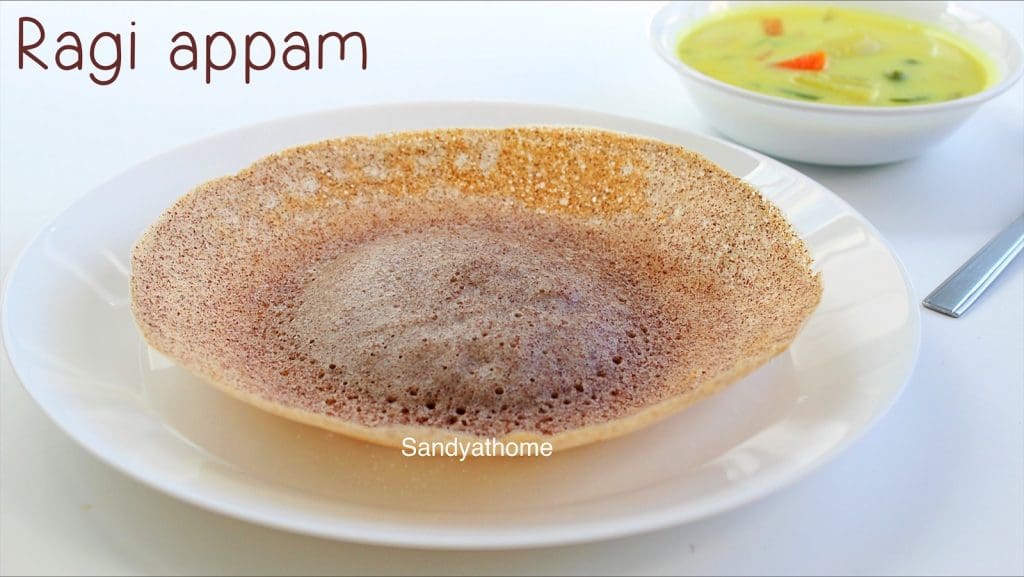
You May Also Like these Recipes:
Directions to make ragi appam with step by step images
- Soak u0026 Grind
Wash and soak raw rice, idli rice, urad dal, and poha for 6 hours. Drain and grind to a smooth batter using approx. ½ cup water.
- Grind
Drain water and grind to a smooth batter using approx. ½ cup water.
- Mix u0026 Ferment
Transfer to a bowl. Mix in salt and ragi flour. Adjust water if too thick. Cover and ferment overnight (8–10 hrs) in a warm place. You can see the batter has doubled in quantity.
- Prepare to Cook
Take needed quantity of fermented batter. Add 1 tbsp sugar and ¼ tsp baking soda. Mix well. Adjust to thin, flowing consistency.
- Cook Appam
Heat appam kadai. Pour a ladle of batter, swirl to get lacy edges. Cover and cook for 2–3 mins until center puffs and edges brown.
- Serve Hot
Slide off and serve immediately with coconut milk, veg kurma, egg stew, or chicken kurma.

Pro Tips for Perfect Ragi Appam
- Use well-fermented batter: Fermentation is key for fluffiness. Make sure the batter rises well and has a slightly sour aroma before using.
- Add baking soda only before cooking: Don’t mix baking soda into the whole batter—add it only to the portion you’re cooking to maintain the rise.
- Keep batter thin: The consistency should be thinner than dosa batter—like flowing buttermilk. This helps create the signature lacy edges and soft center.
- Swirl immediately: After pouring the batter, quickly swirl the appam kadai to spread it in a circular motion for that bowl shape with lace edges.
- Medium heat is best: Cook on medium flame with the lid covered. This ensures the center cooks through while the edges crisp up.
- No oil needed: Traditionally, no oil is used to grease the appa kadai. A well-seasoned kadai releases the appam easily once cooked.
Serving Suggestion
- Coconut milk with jaggery
- Soya chunks kurma
- Kondakadalai kurma
- Egg or Chicken kurma
- White stew with vegetables
FAQ for Finger Millet appam
Yes, this recipe naturally ferments without yeast and has no coconut, yet gives soft, fluffy appams.
Yes, but don’t add baking soda until right before cooking. Only take out required amount from fermented batch.
Ragi adds fiber, calcium, and a mild earthy flavor. It also helps cool the body during hot seasons.
Ensure the batter ferments well and is thin like dosa batter. Add baking soda only to the part you’re using.
Breakfast & Dinner Recipes
Eggless Gnocchi in White Sauce, How to make Eggless Gnocchi
Soft, pillowy eggless gnocchi tossed in a smooth béchamel sauce — a comforting, homestyle pasta that comes together with simple ingredients.
Besan Puri, How to make Besan Ki Masala Poori
A warm, golden besan poori perfect for cold weather—crisp, lightly spiced, and comforting, made with gram flour that naturally warms the body during winter.
Thanni Urundai, Neer Urundai, How to make Ganji Kudumulu
Soft rice flour dumplings simmered in spiced water, Amma’s comforting Thanni Urundai pairs beautifully with tangy tomato chutney.
Soba Noodles Stir-Fry with Vegetables, How to make Veg Soba Noodles
Wholesome, colorful, and full of flavor — these vegetable soba noodles are tossed in a soy-sesame sauce and packed with fresh veggies for a light, nourishing meal that’s ready in minutes.
Butternut Squash Quiche, How to make Bread-Base Quiche
Golden, creamy butternut squash quiche made with bread base, cheddar, and feta — a cozy, no-crust autumn brunch favorite baked to perfection.
Butternut Squash Pasta, How to make Squash Pasta
Cozy, creamy, and gently spiced — a comforting fall pasta with roasted squash and a flavor boost from cumin, oregano, and feta.
Honey Walnut Shrimp, How to make Honey Walnut Shrimp
Crispy golden shrimp tossed in a creamy honey-mayo glaze with candied walnuts — a restaurant-style favorite made easy at home.
Chili Idli, How to make Chilli Idli, Leftover Idli Recipe
A quick and spicy Indo-Chinese snack made by tossing crispy air-fried idli cubes in a garlicky harissa-chilli sauce with onions, capsicum, and spring onions — perfect for using up leftover idlis in the most delicious way!
Rava Pongal, How to make Ven Pongal with Rava
A comforting South Indian breakfast made with roasted rava (semolina) and moong dal, tempered with ghee, pepper, cumin, ginger, and curry leaves. Soft, buttery, and wholesome — best served hot with coconut chutney.
Veg Kothu Kari Kuzhambu, How to make Veg Mince Curry
A Chettinad-inspired vegetarian twist on mutton kothu kari, this soya mince masala and kuzhambu is hearty, spicy, and perfect with rice, dosa, or chapati.
Aloo Palak, How to make Potato and Spinach Curry Recipe
Aloo Palak is a delicious North Indian curry where soft potato cubes are simmered in a smooth spinach gravy with aromatic spices. Nutritious, comforting, and perfect with roti, naan, or rice
Oats Dosa, How to make Fermented Oats Dosa
This fermented oats dosa is a light, nutty breakfast made with oats, rice, and urad dal — perfect for anyone seeking a wholesome, gluten-free South Indian meal.
Oats Idli, How to make Soft Oats Idli
Soft and fluffy fermented oats idli made with idli rice, urad dal, and oats — a healthy twist on the classic South Indian breakfast with the benefits of natural fermentation.
Kashmiri Naan, How to make Kashmiri Naan
A Kashmiri Naan is a soft, fluffy bread decorated with nuts, raisins, and tutti frutti, finished with butter/ghee for softness.
Tofu Pancakes, How to Protein-Rich Eggless Pancakes
Fluffy, protein-rich pancakes made with blended firm tofu instead of eggs. A wholesome 50:50 mix of wheat and all-purpose flour keeps them hearty yet soft — the perfect healthy twist on a classic stack.
Kerala-Style Fish Curry, How to make Kerala Style Salmon Curry
A creamy Kerala-style coconut kuzhambu made with salmon, ground coconut masala, and curry leaves — rich, golden, and comforting.
Eggless Coconut French Toast, How to make Eggless French Toast
Soft bread slices dipped in cinnamon-spiced milk, coated in golden toasted coconut, and topped with almonds, honey, and banana — this eggless coconut French toast is a tropical twist on a breakfast classic.
Mapillai Samba Idli, How to Make Mapillai Samba Rice Idli
Learn how to make soft, healthy Mapillai Samba Idli using heirloom red rice from Tamil Nadu. A high-fiber, gut-friendly twist to your classic South Indian breakfast.
